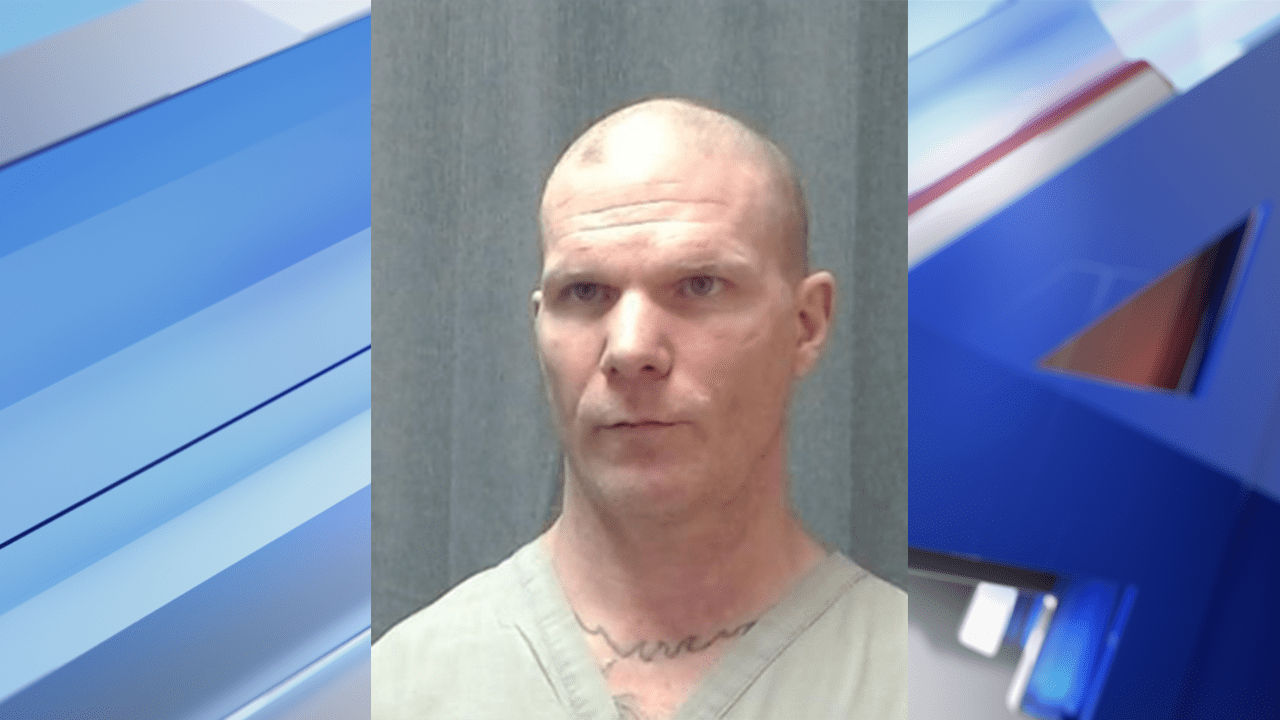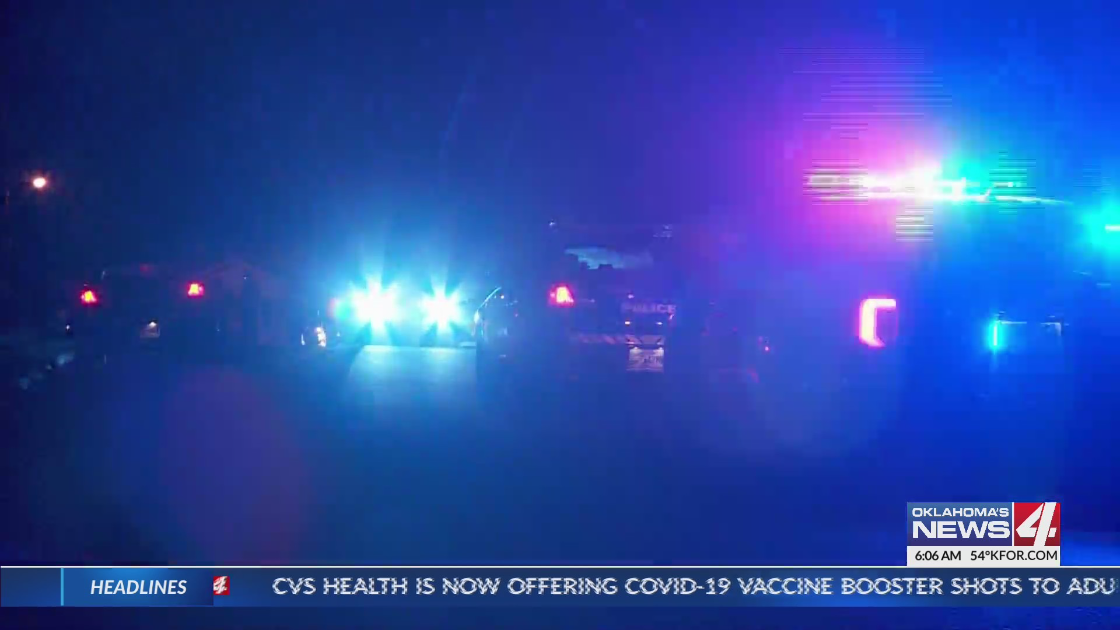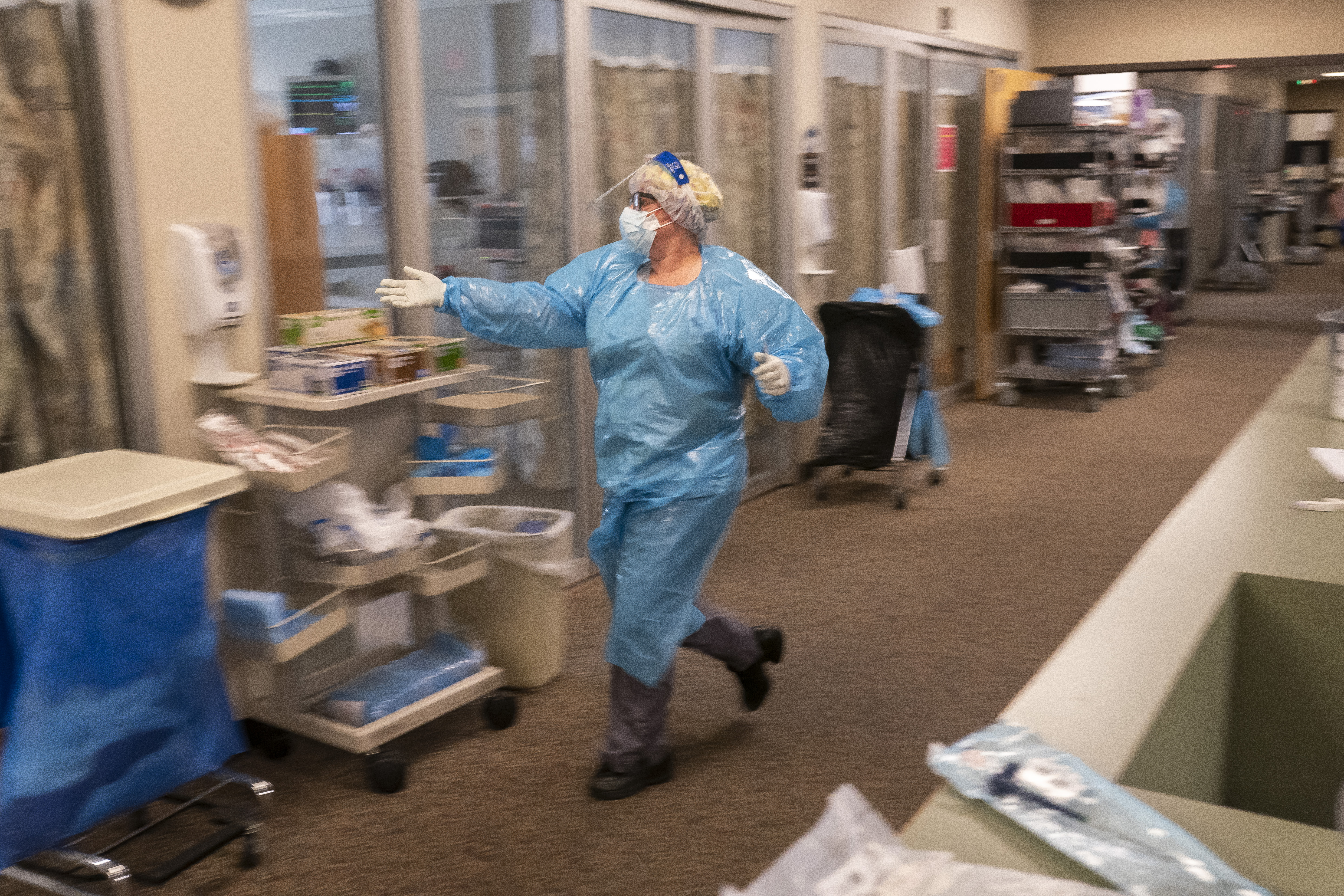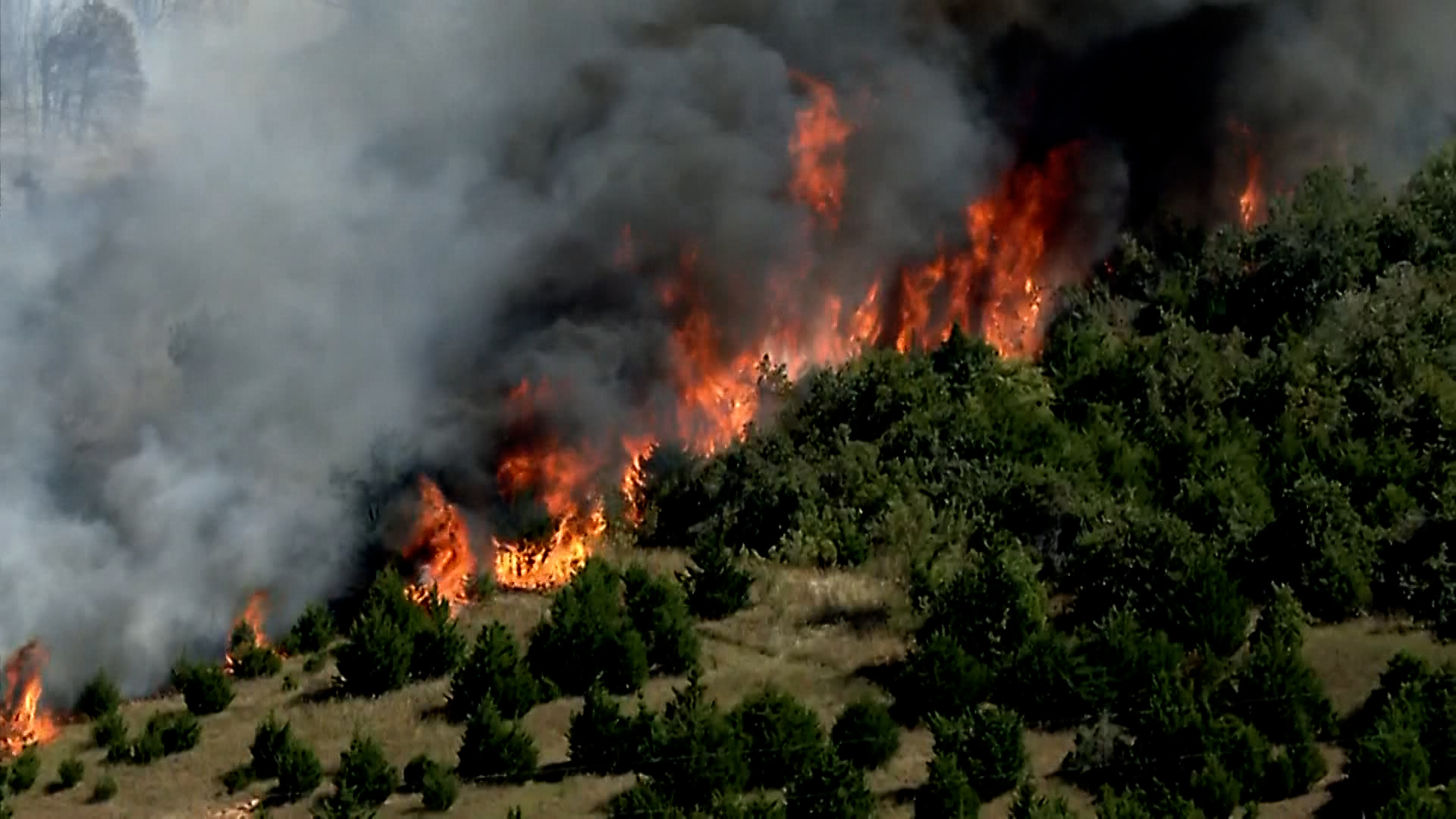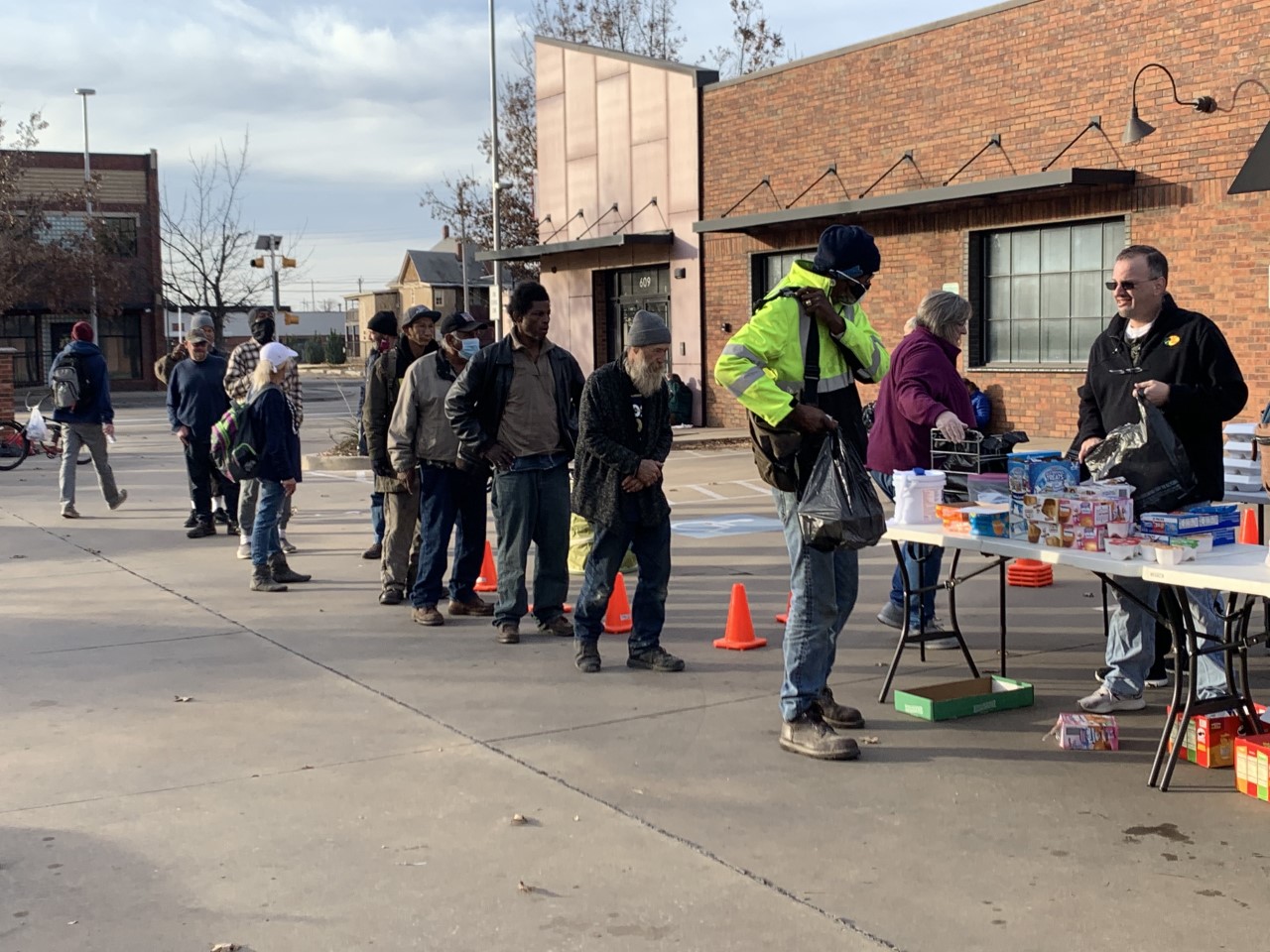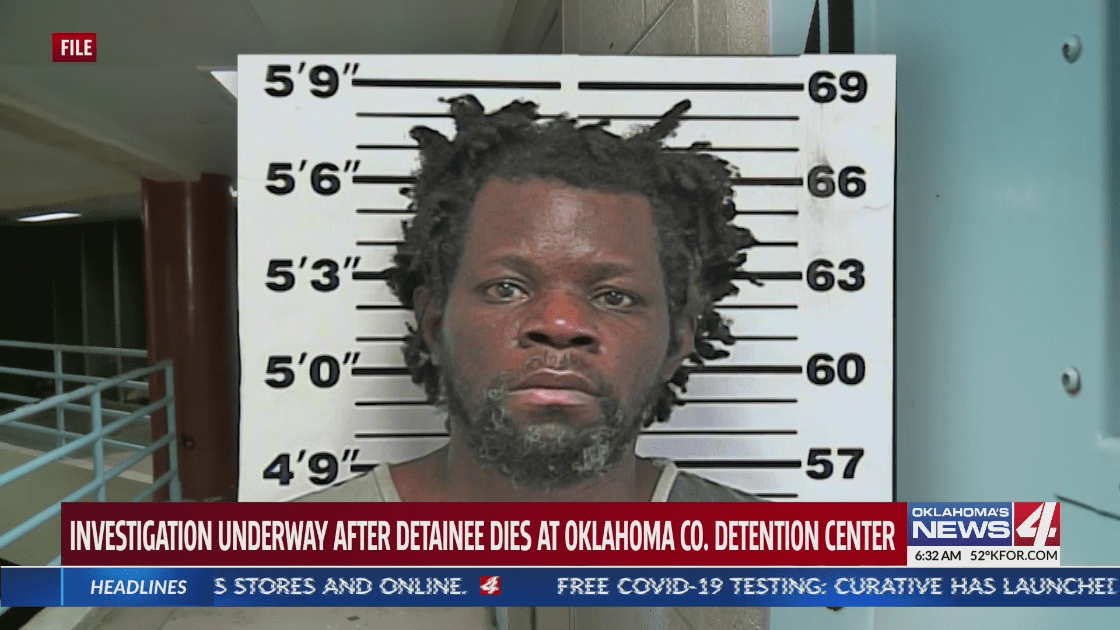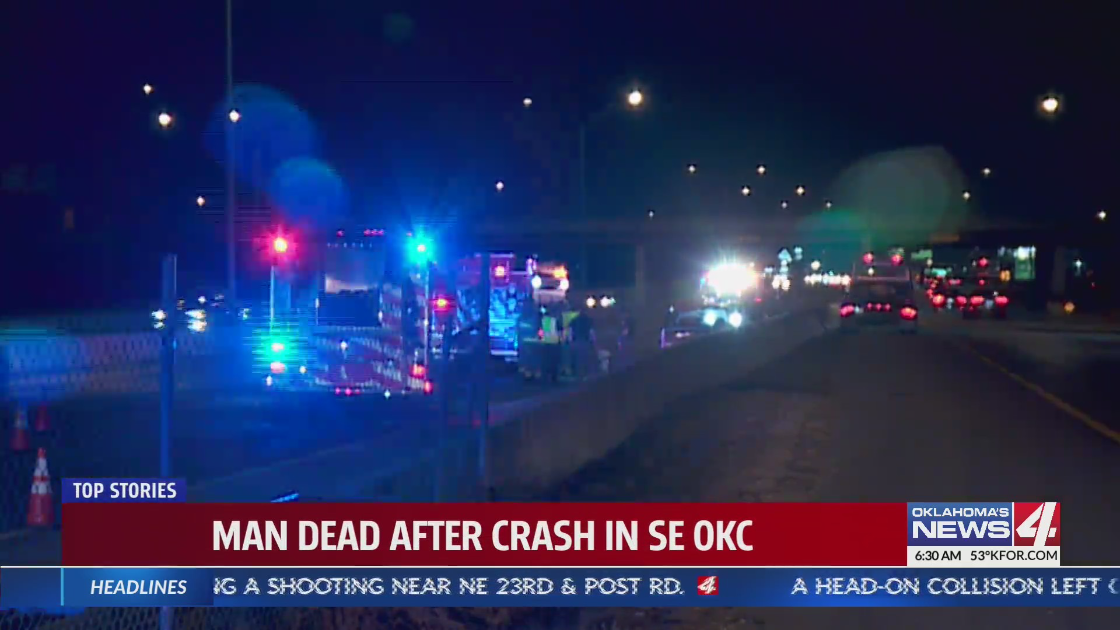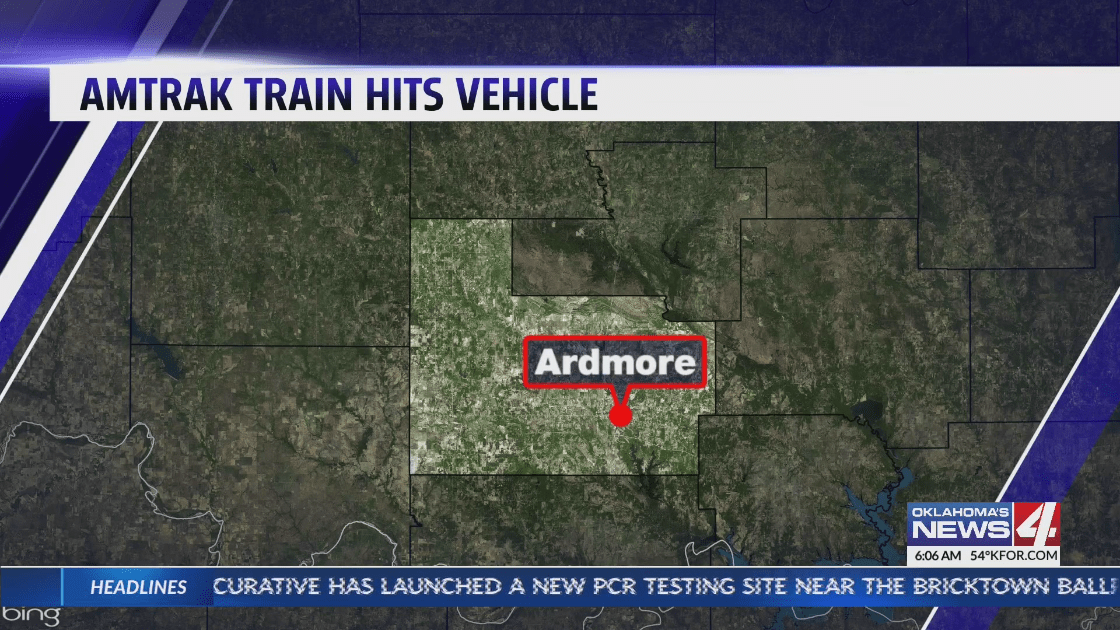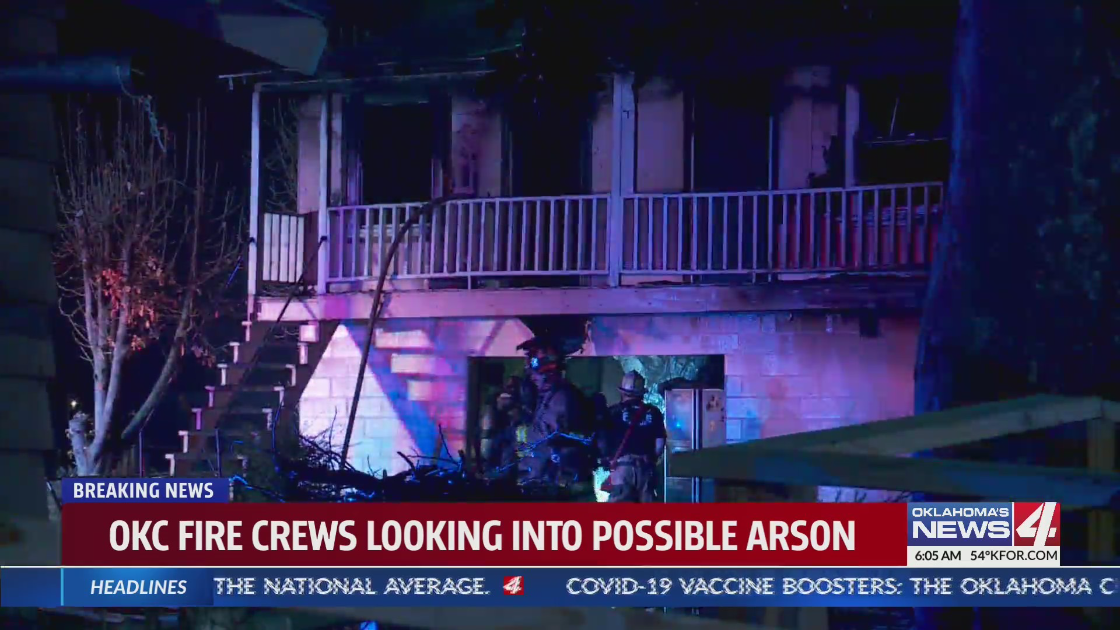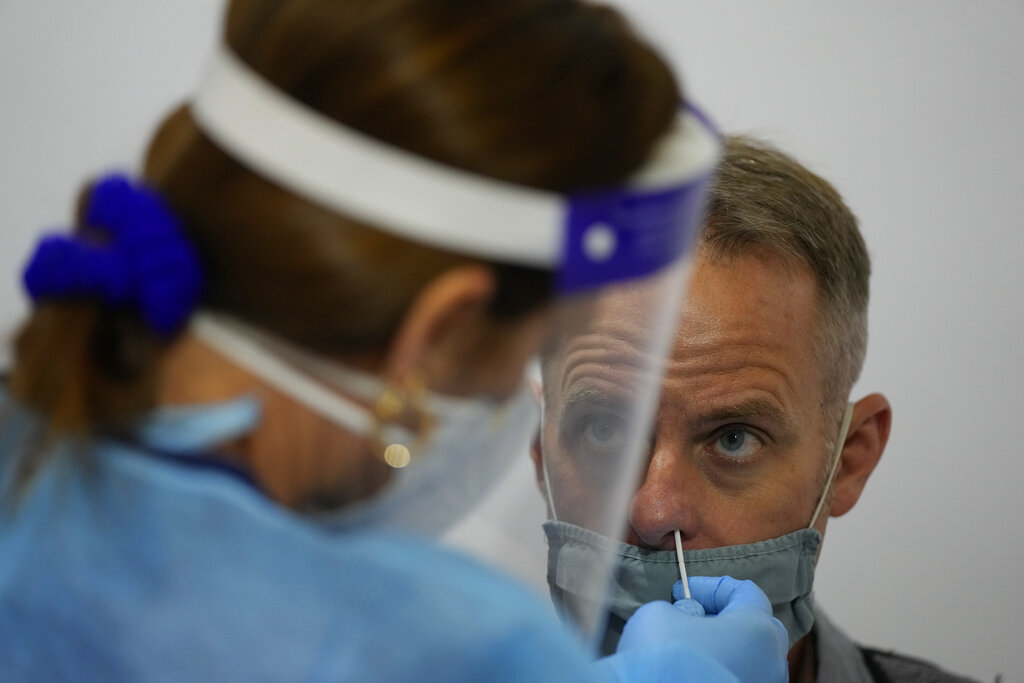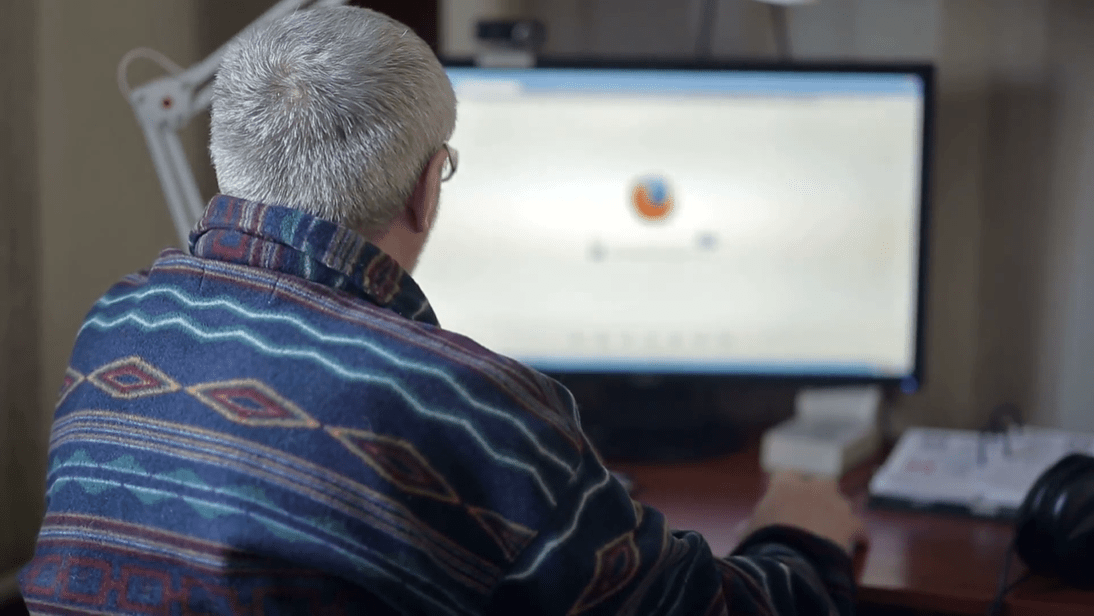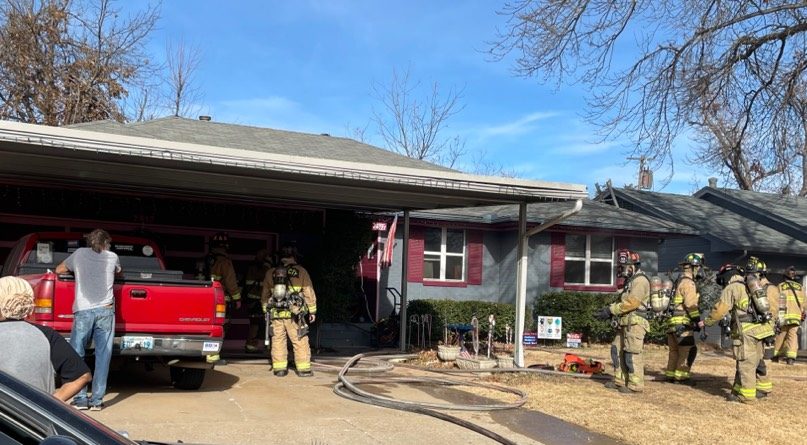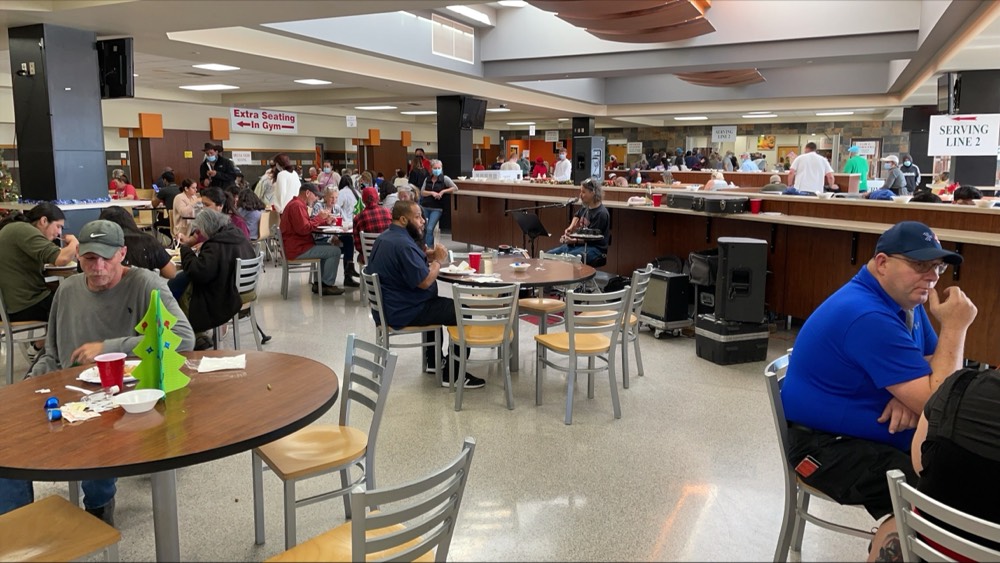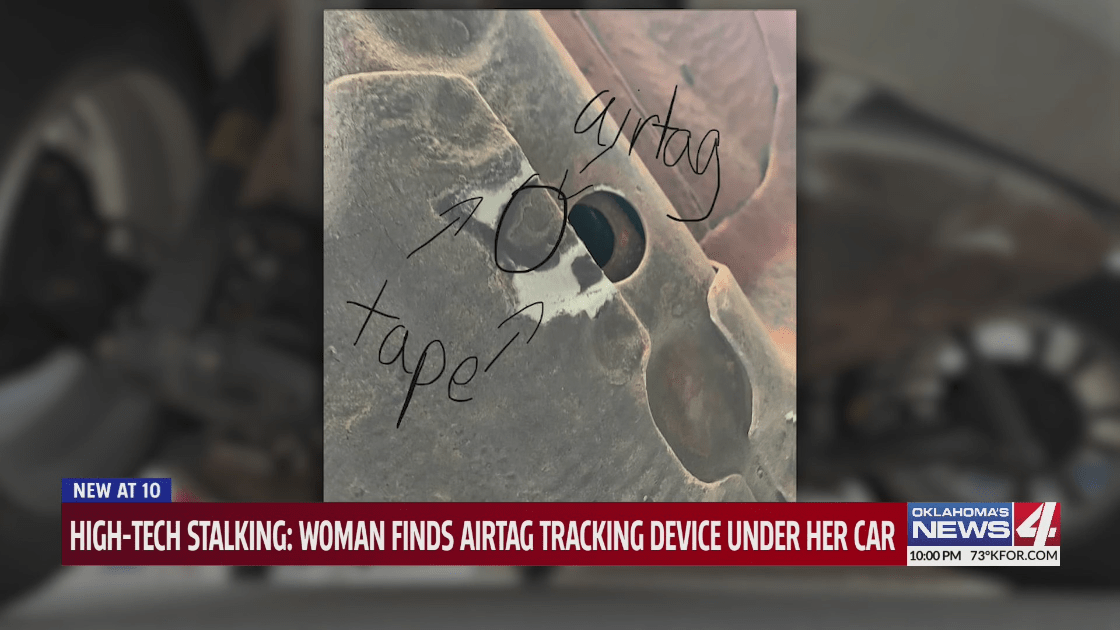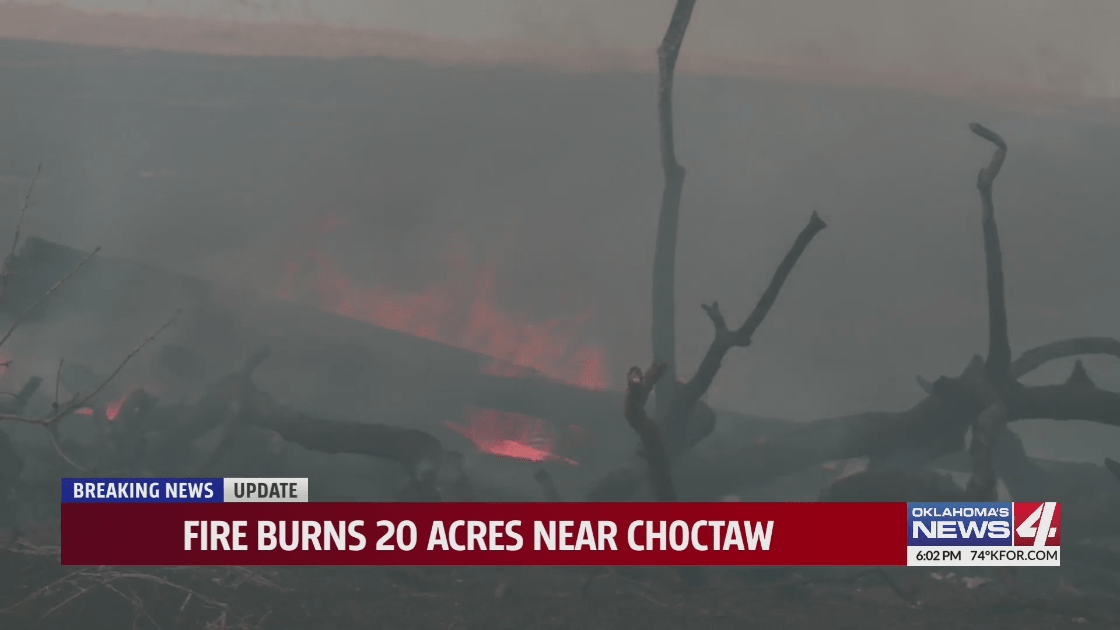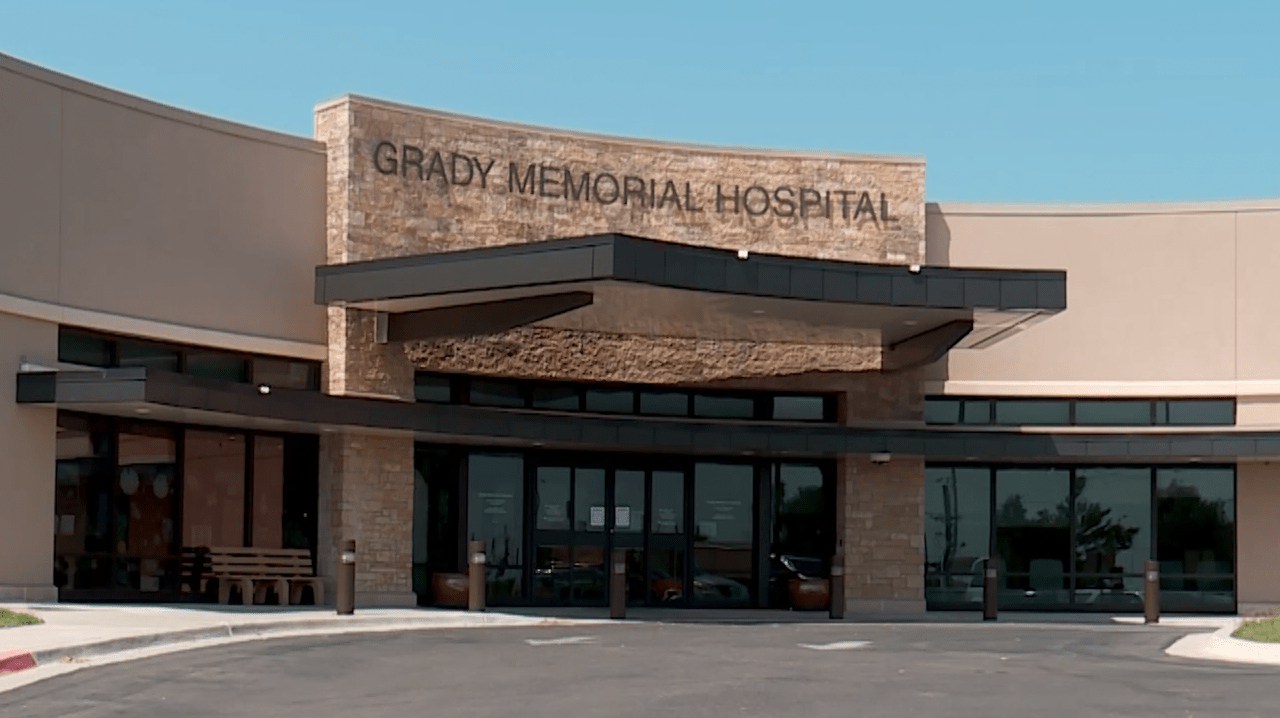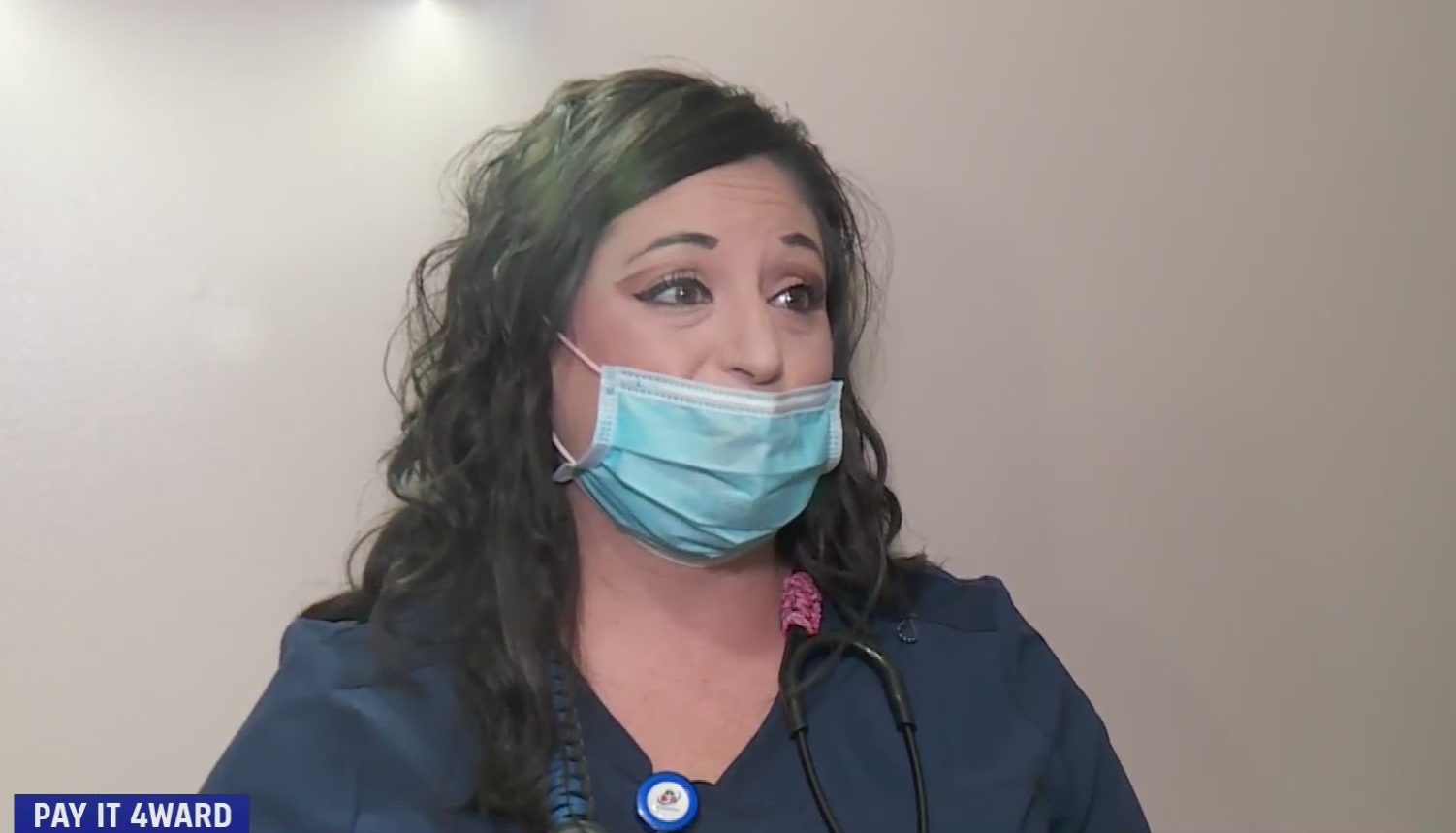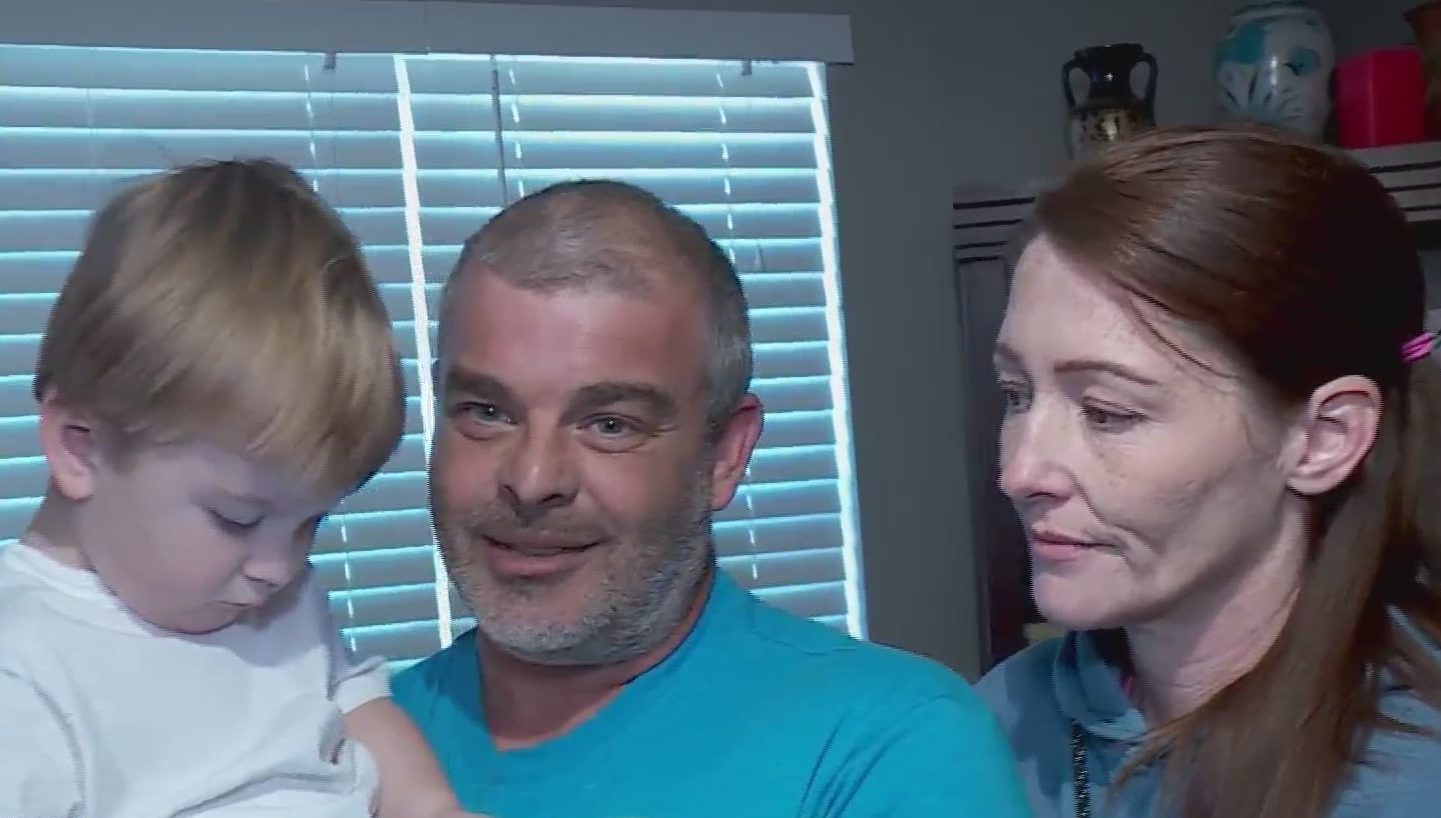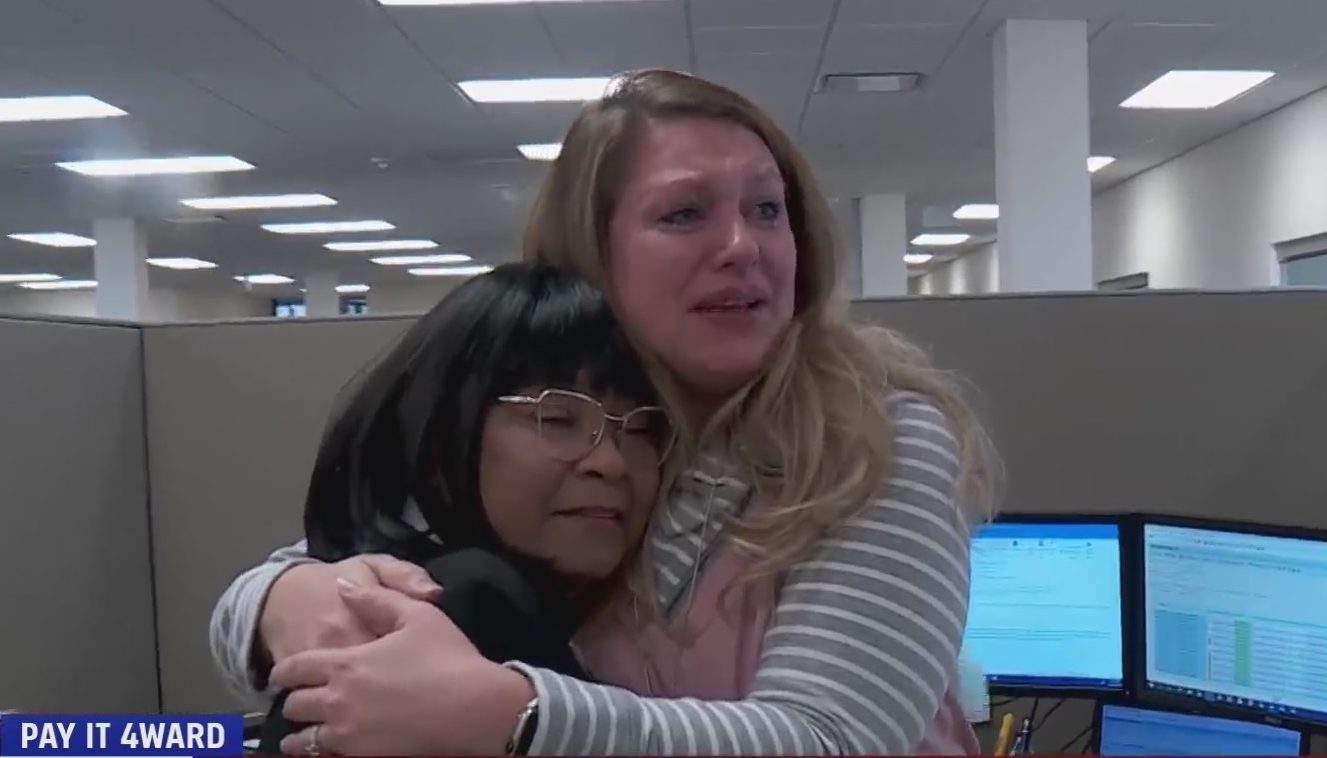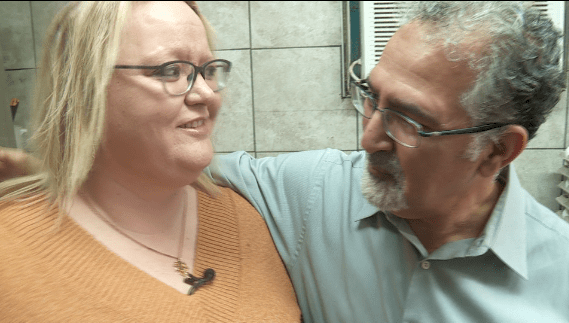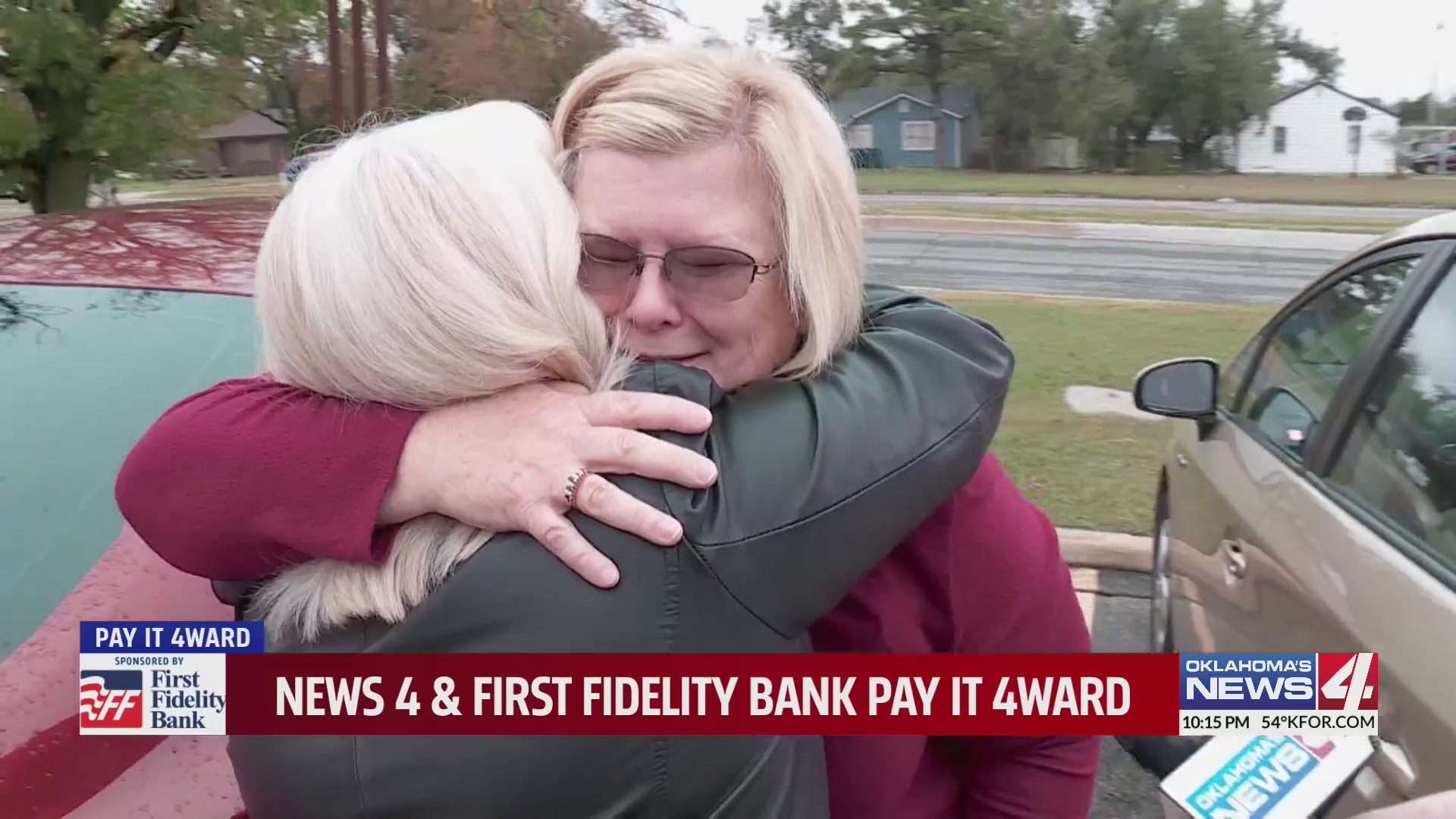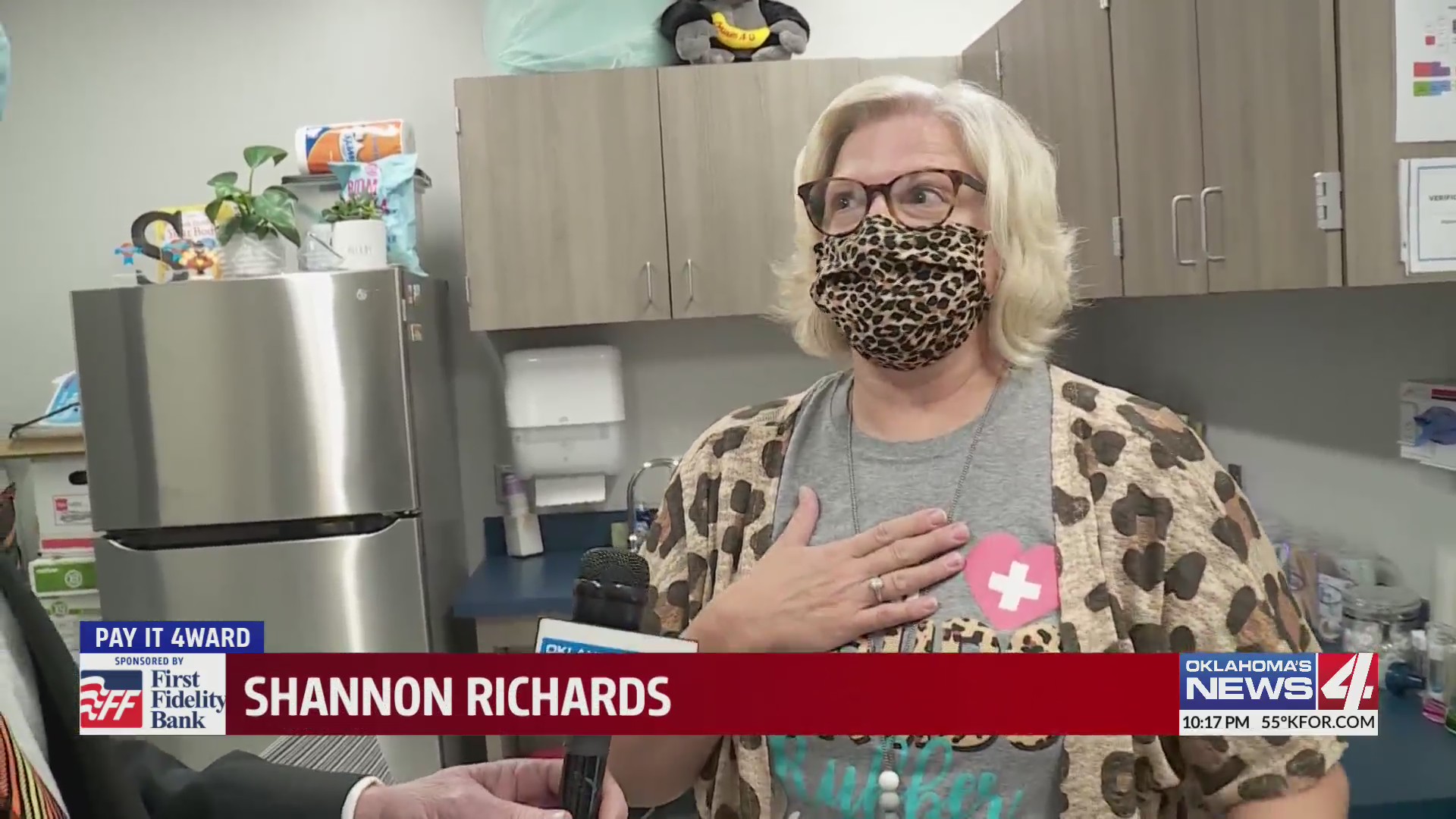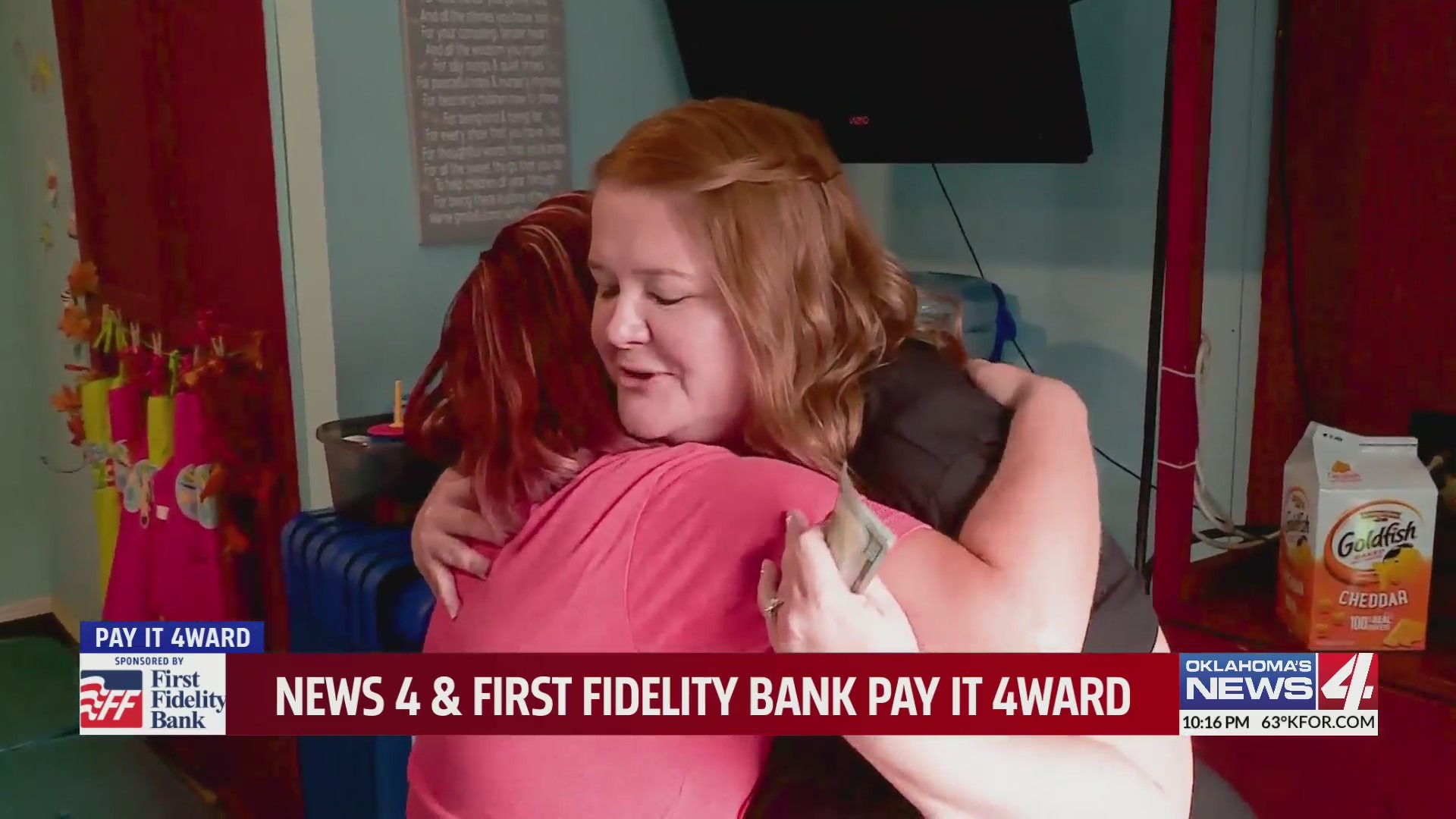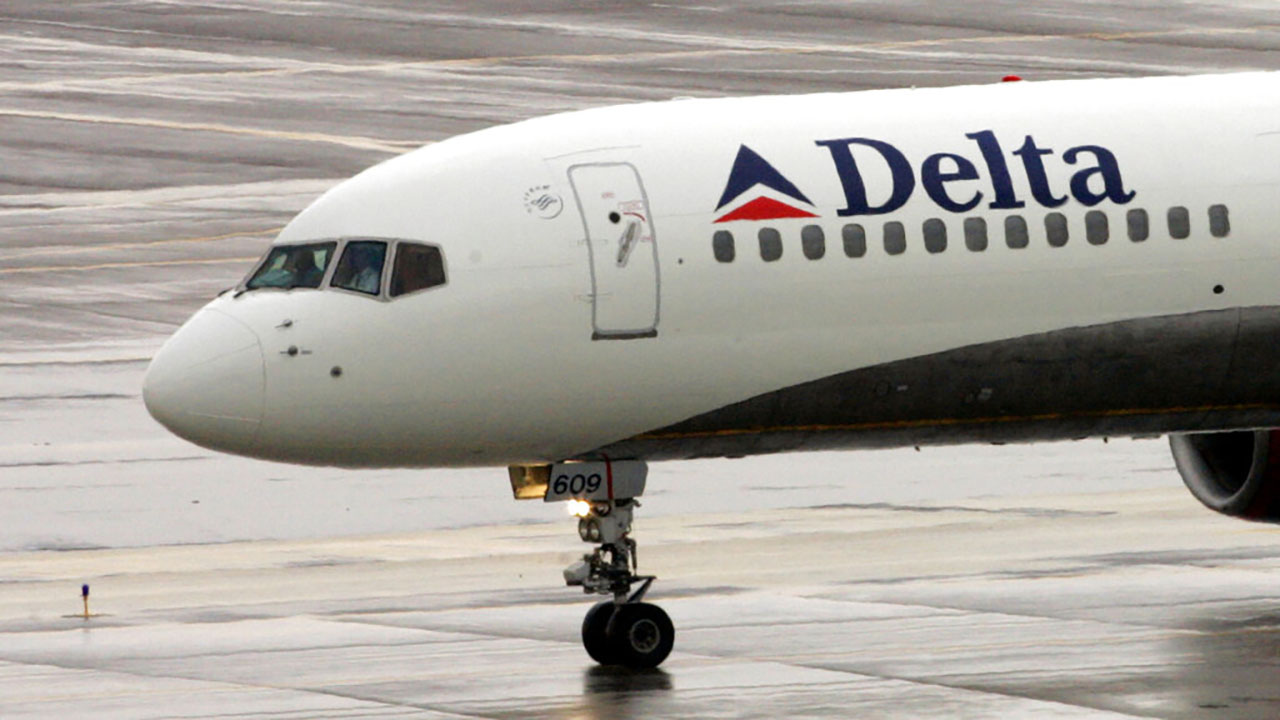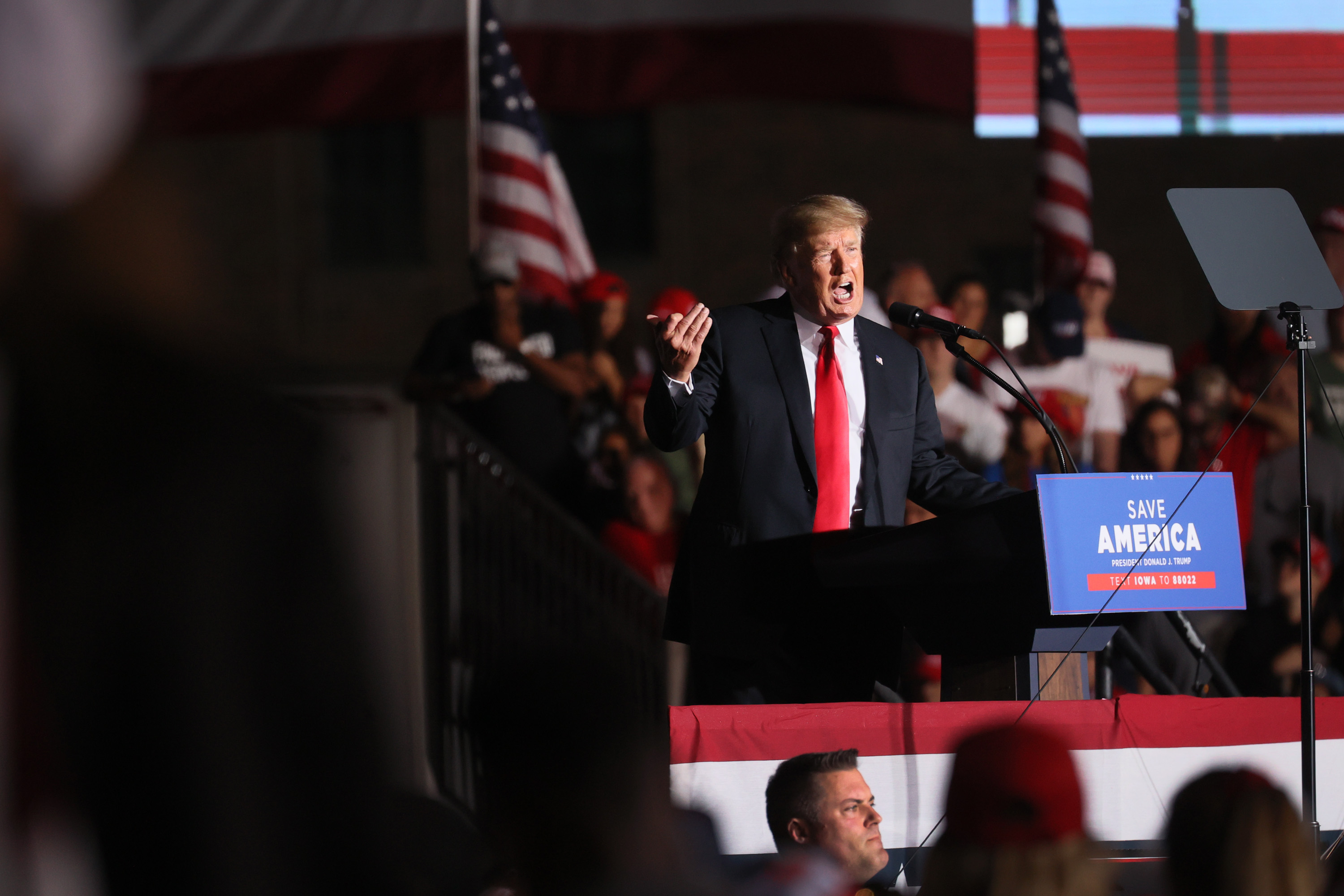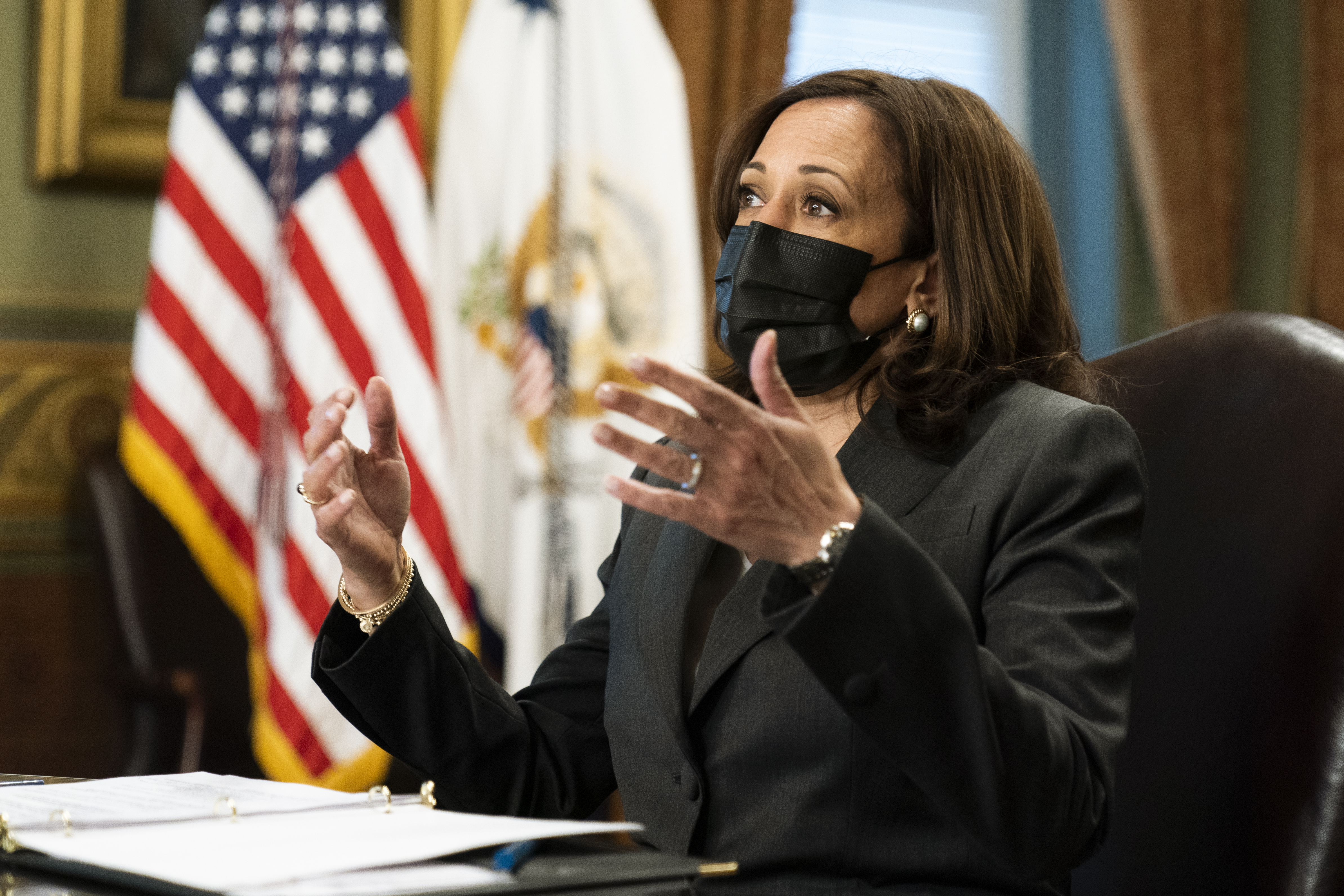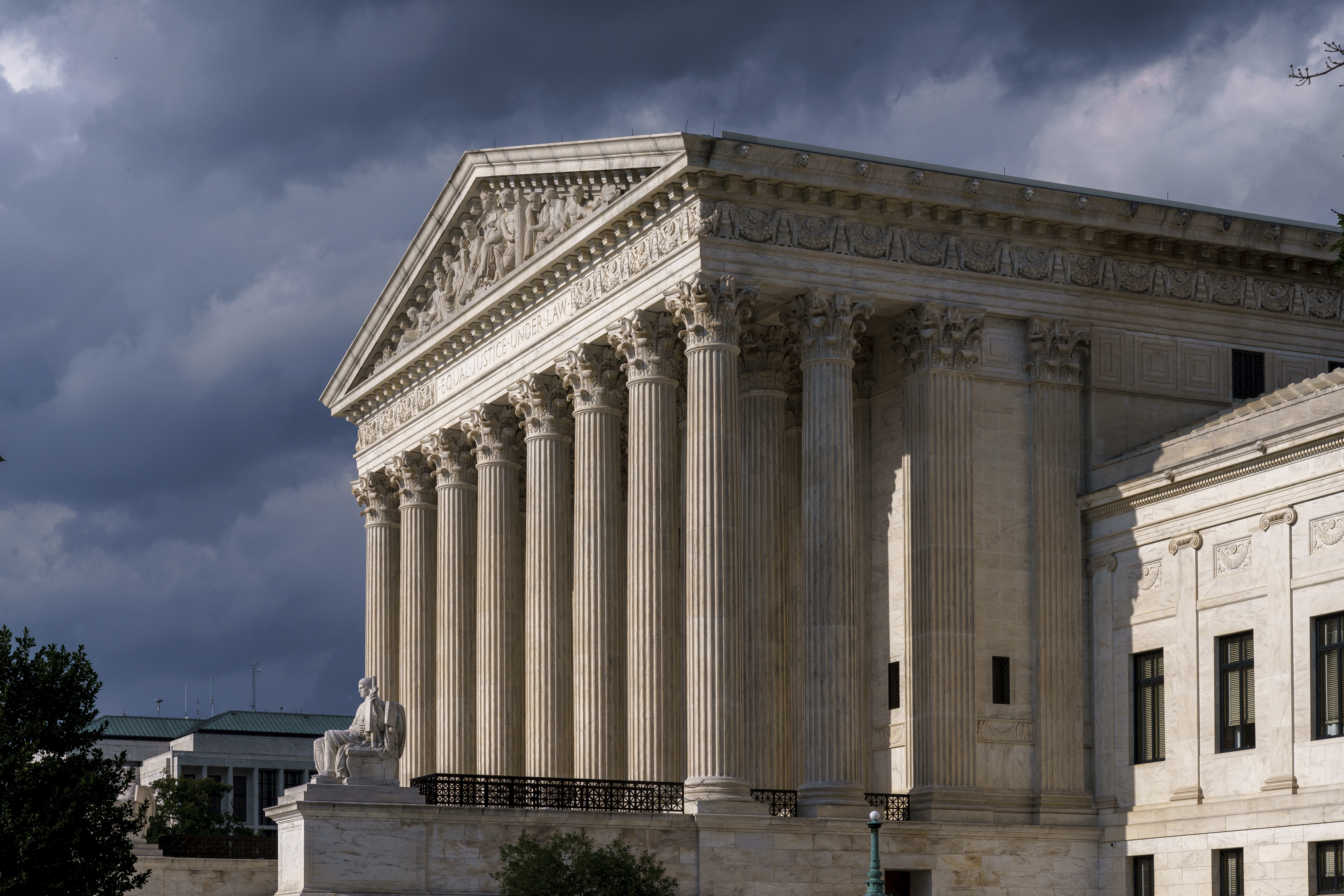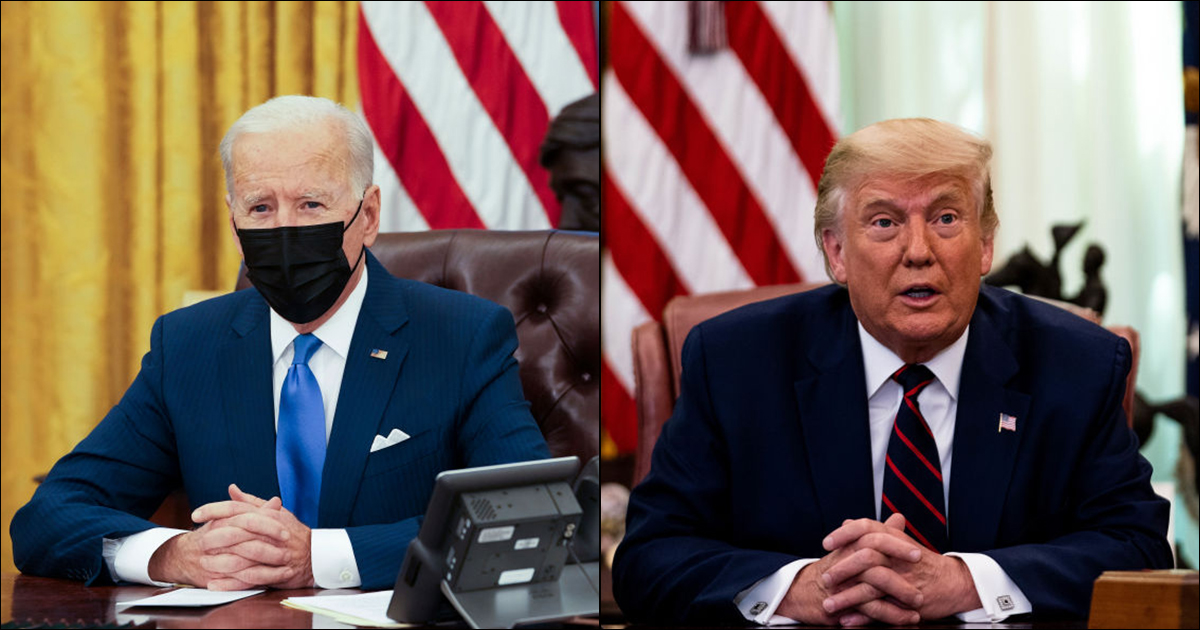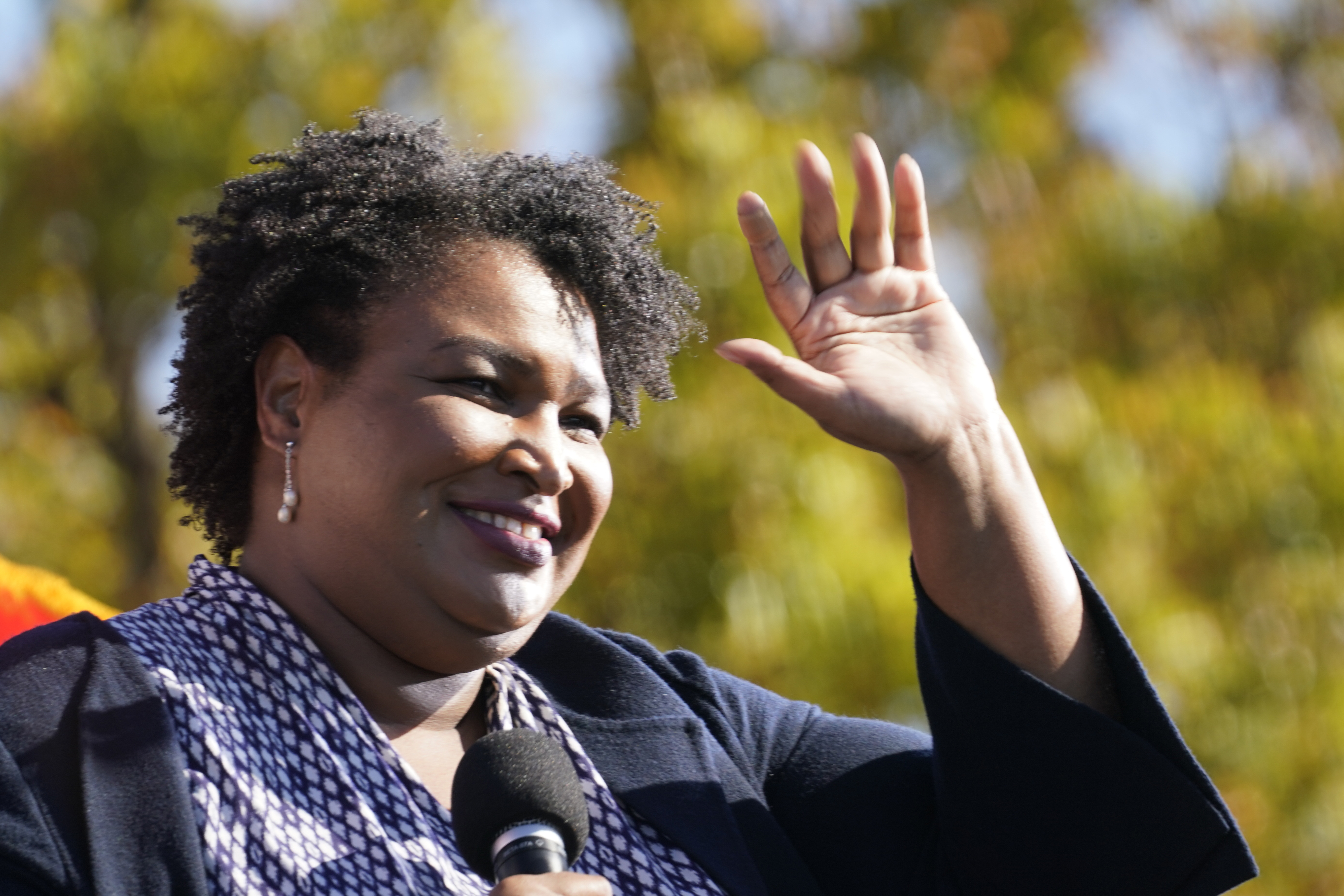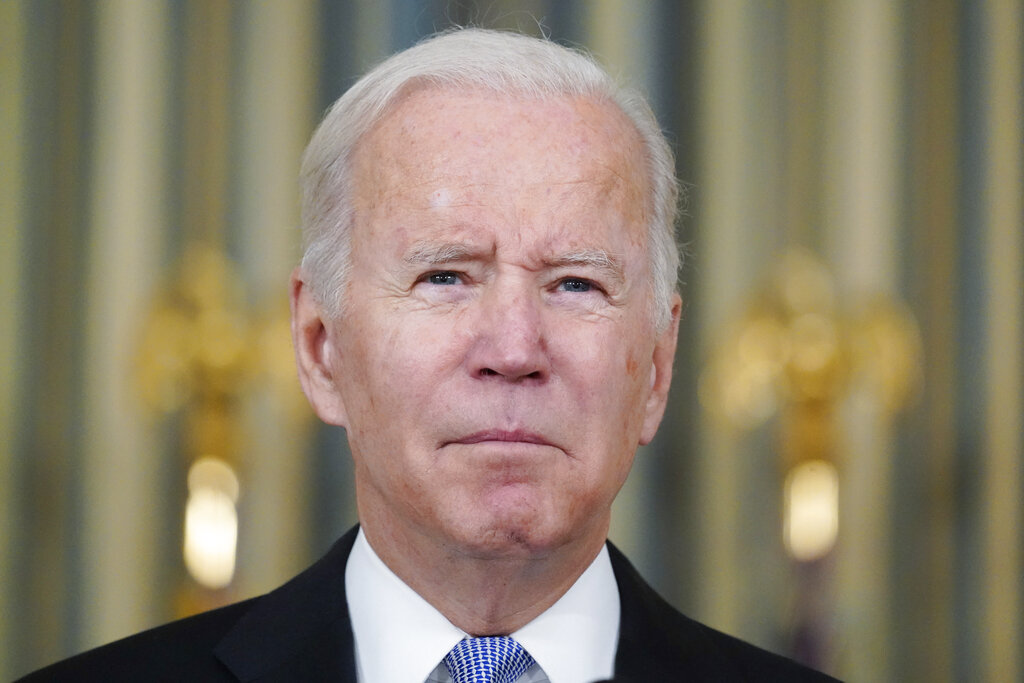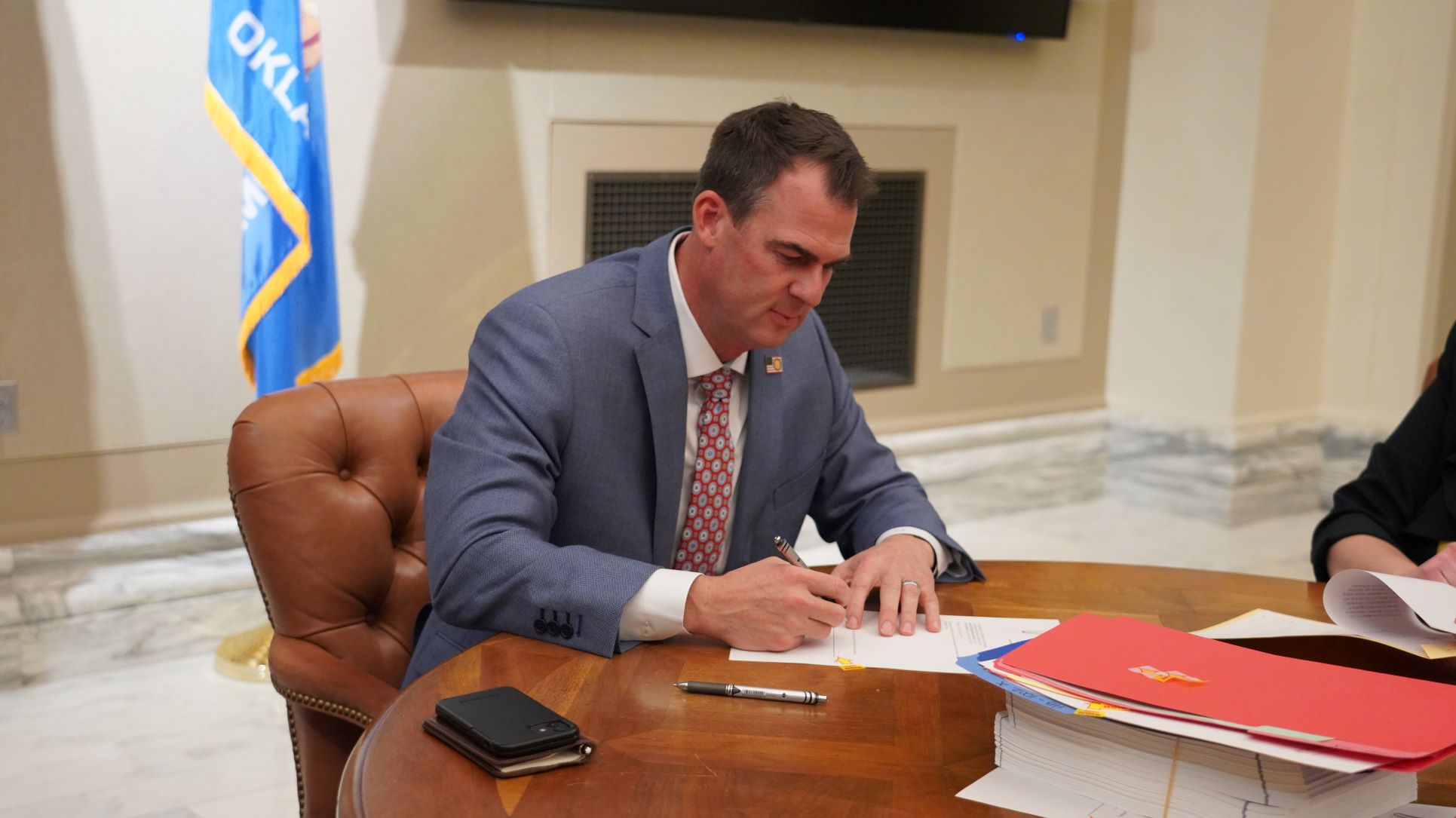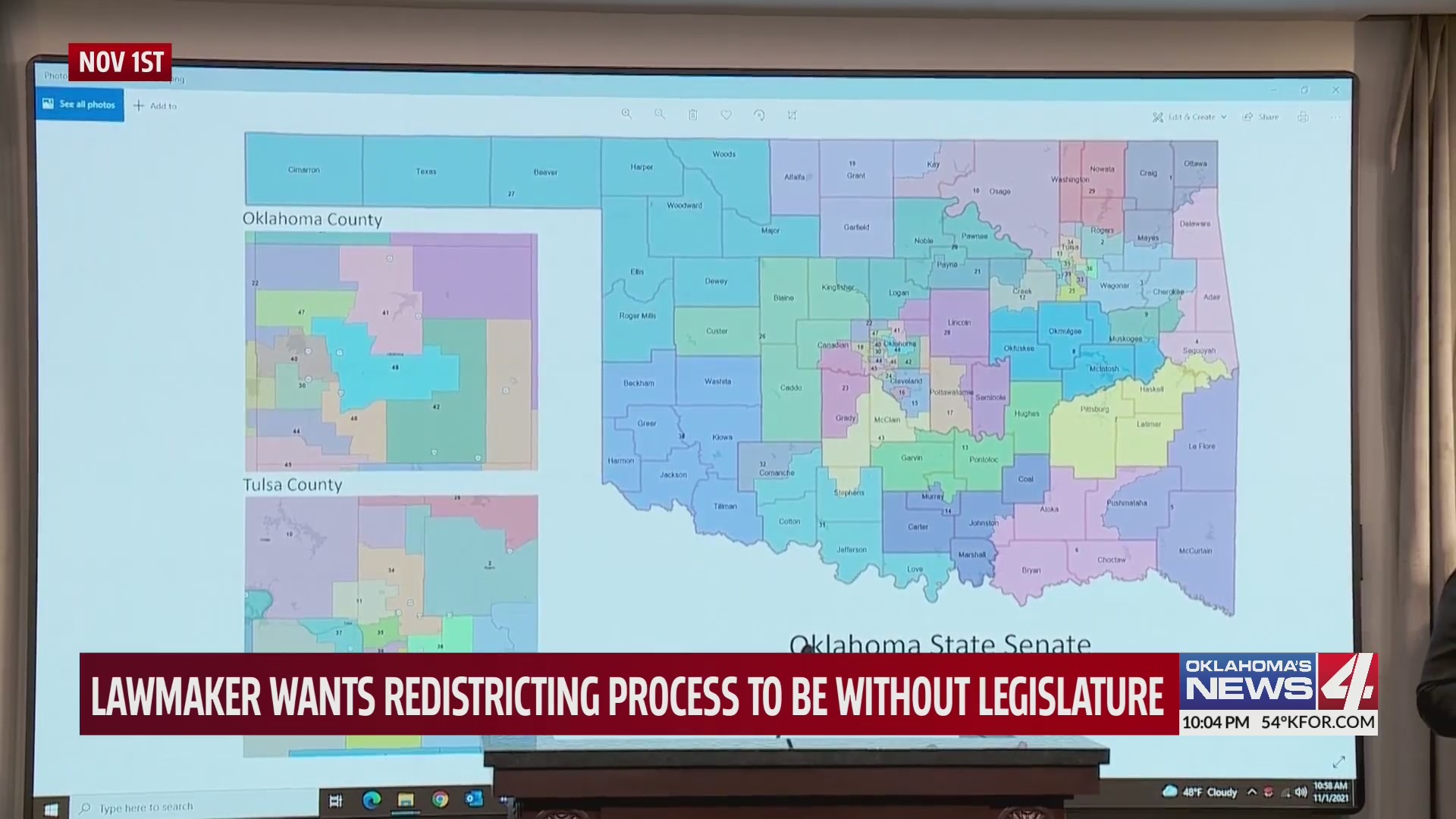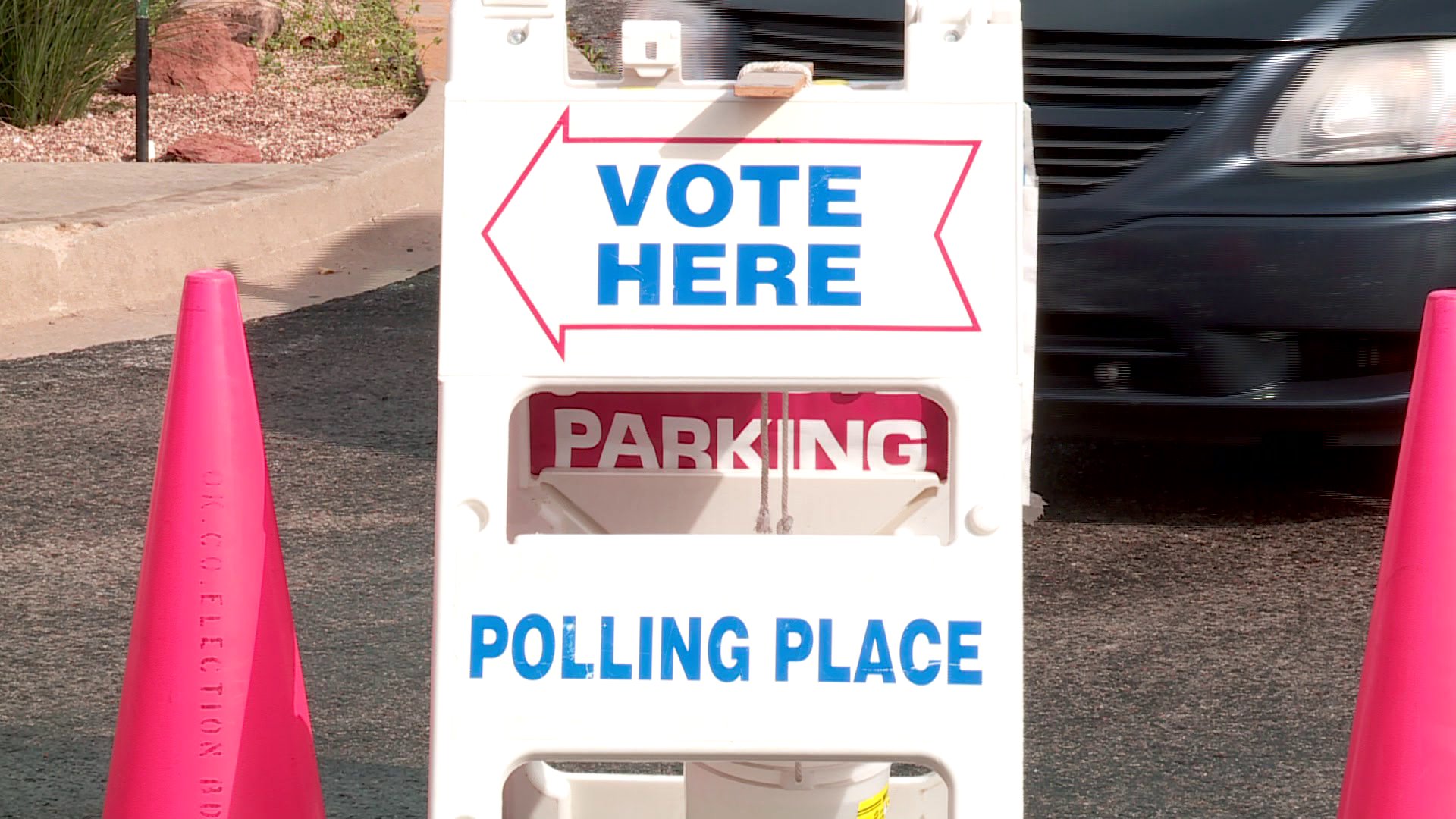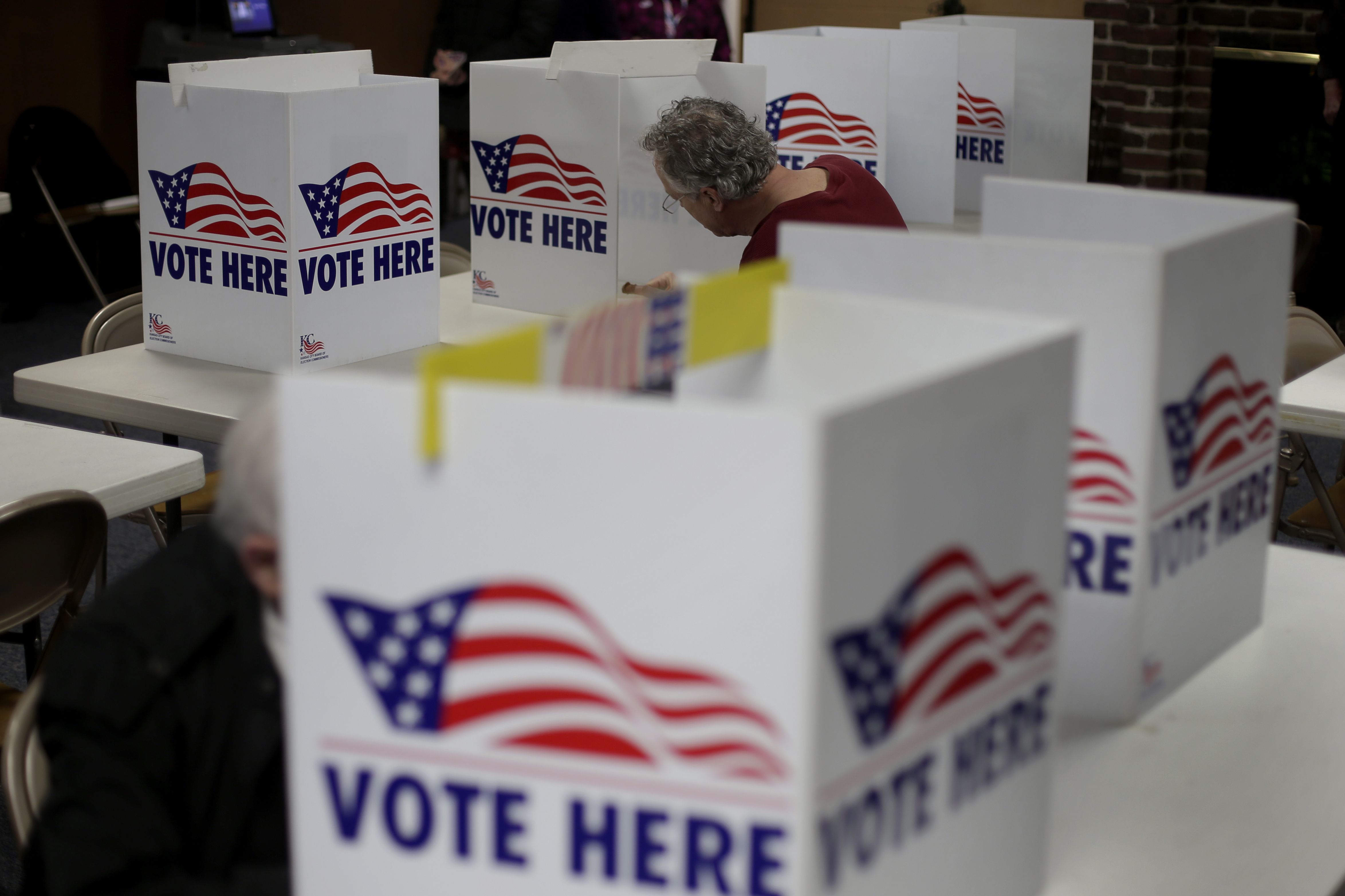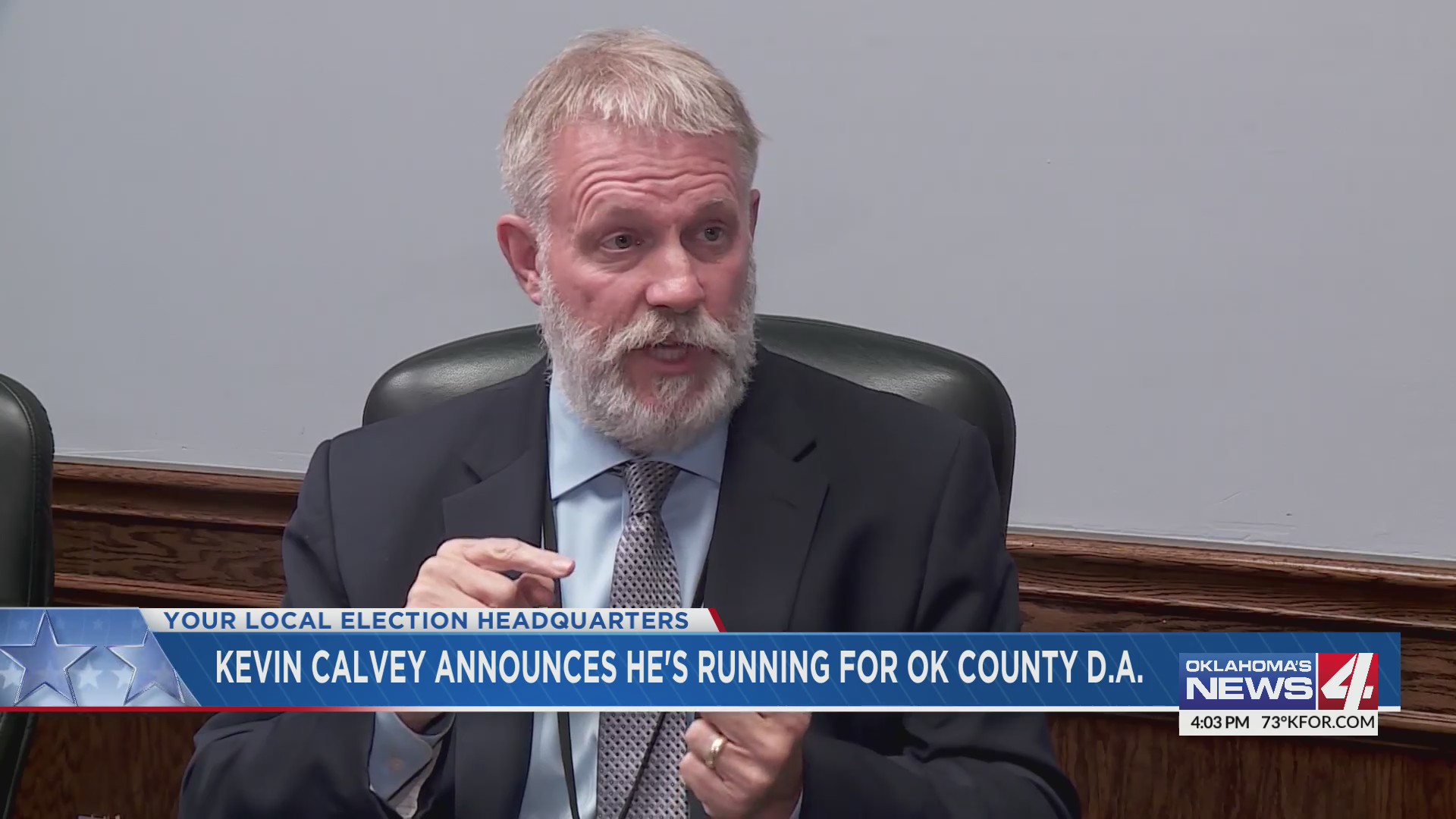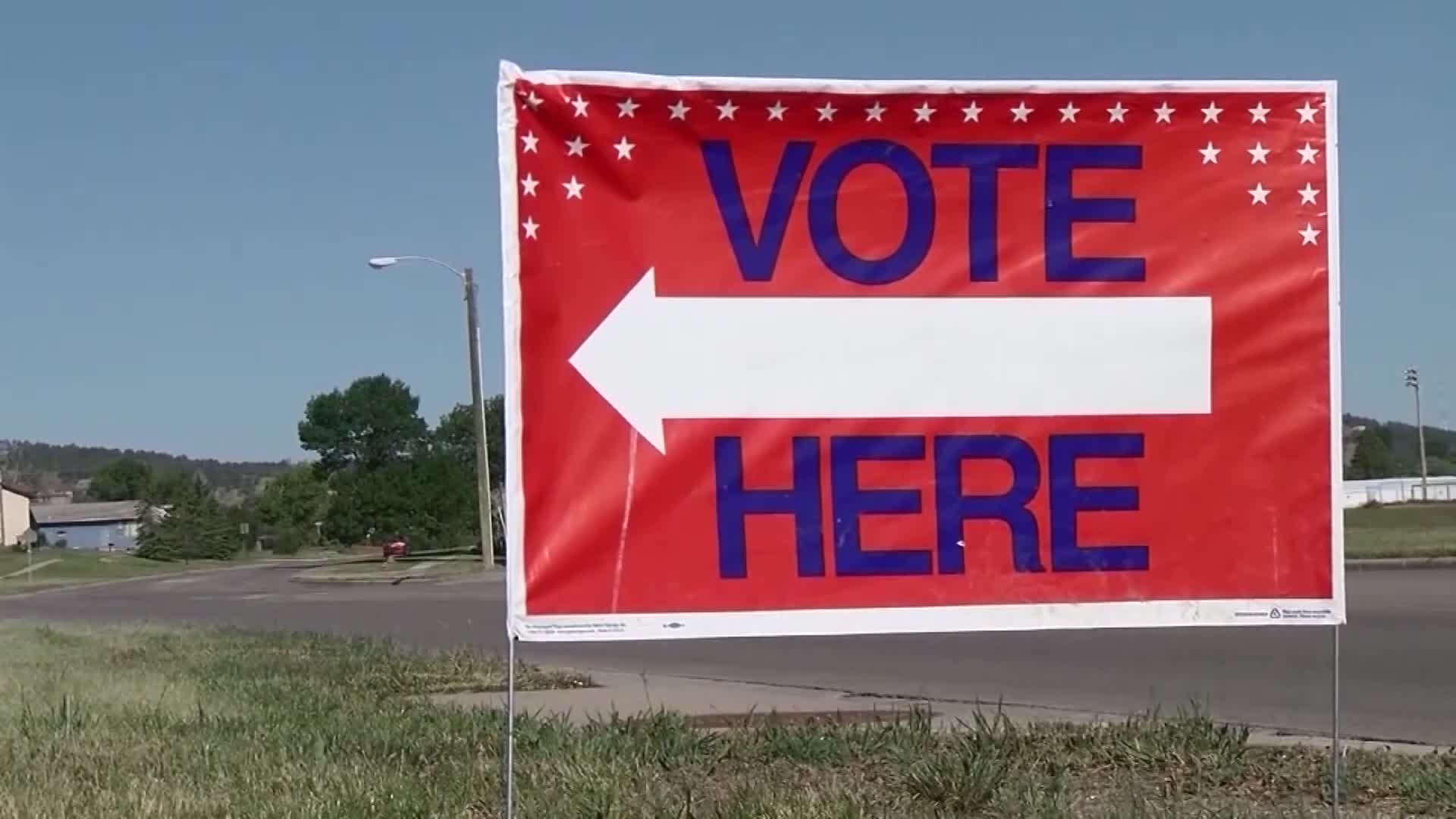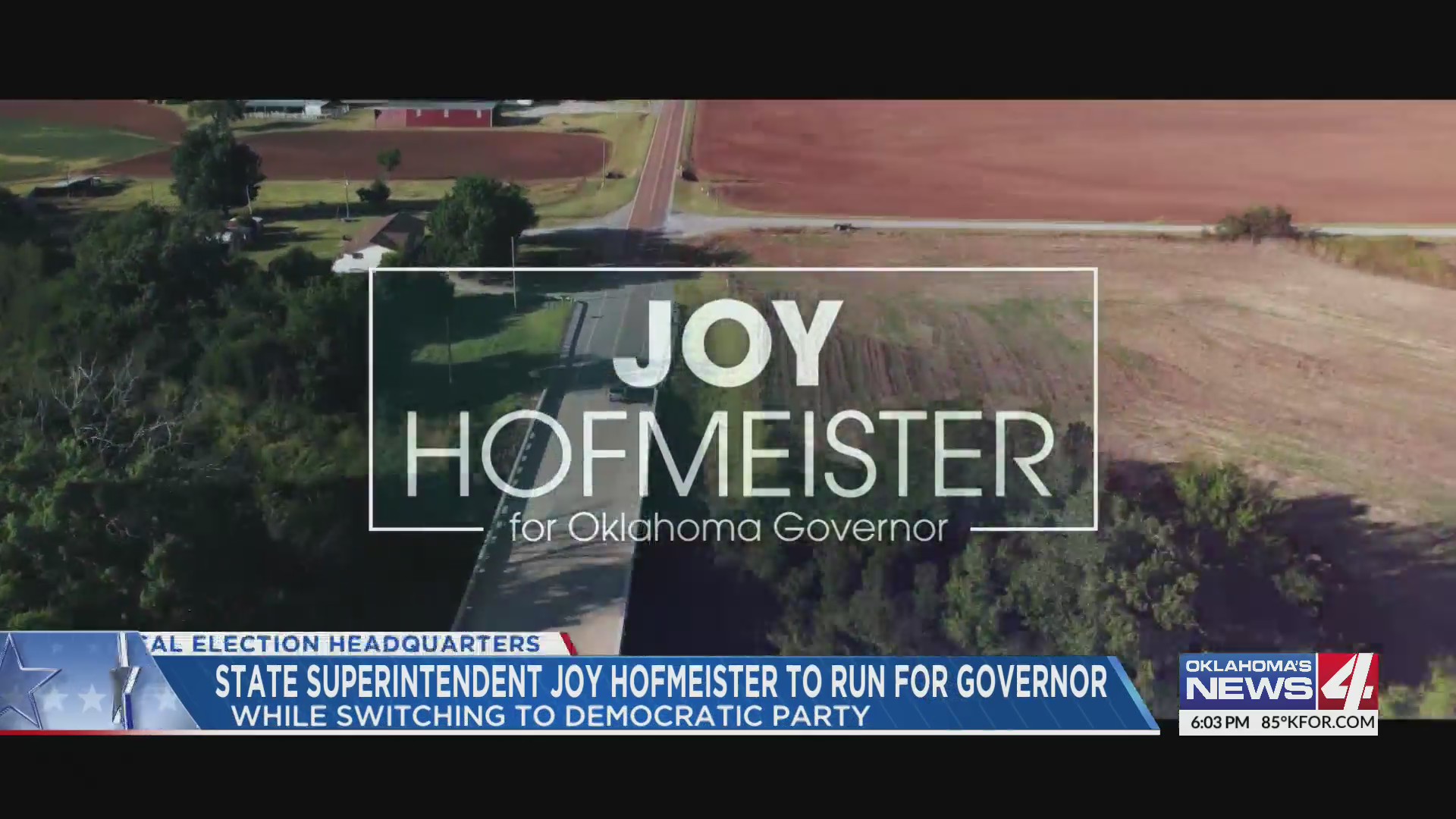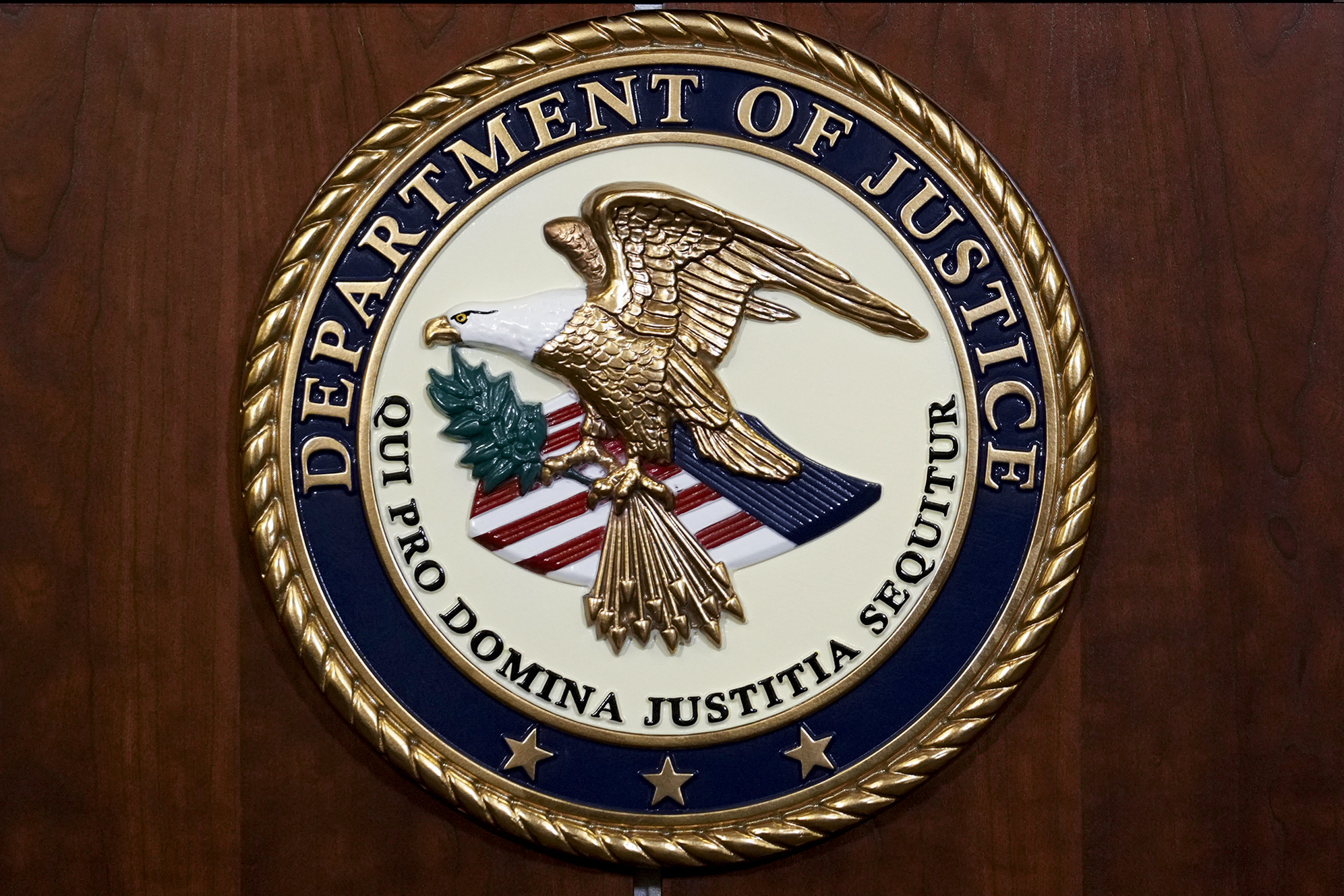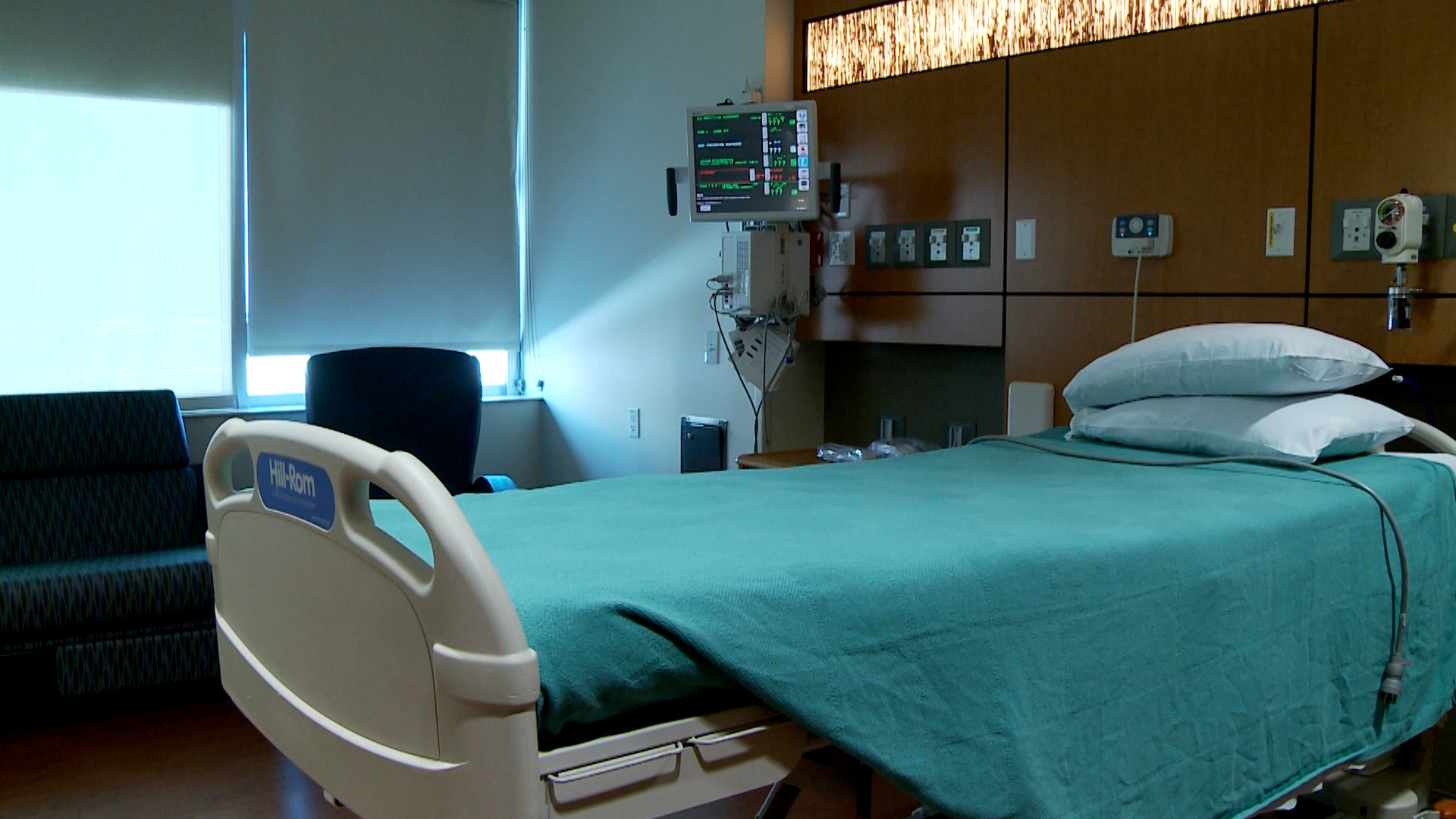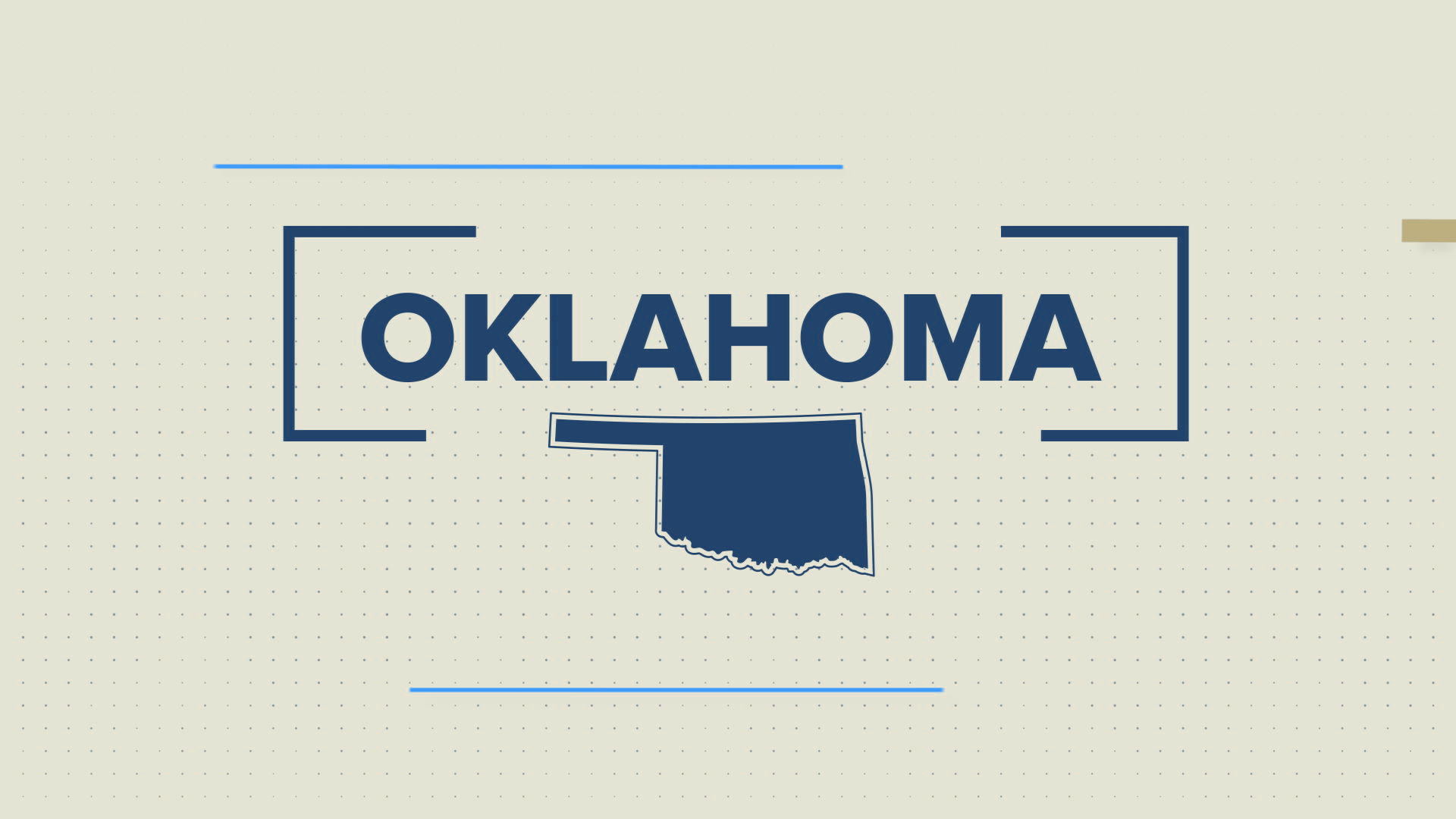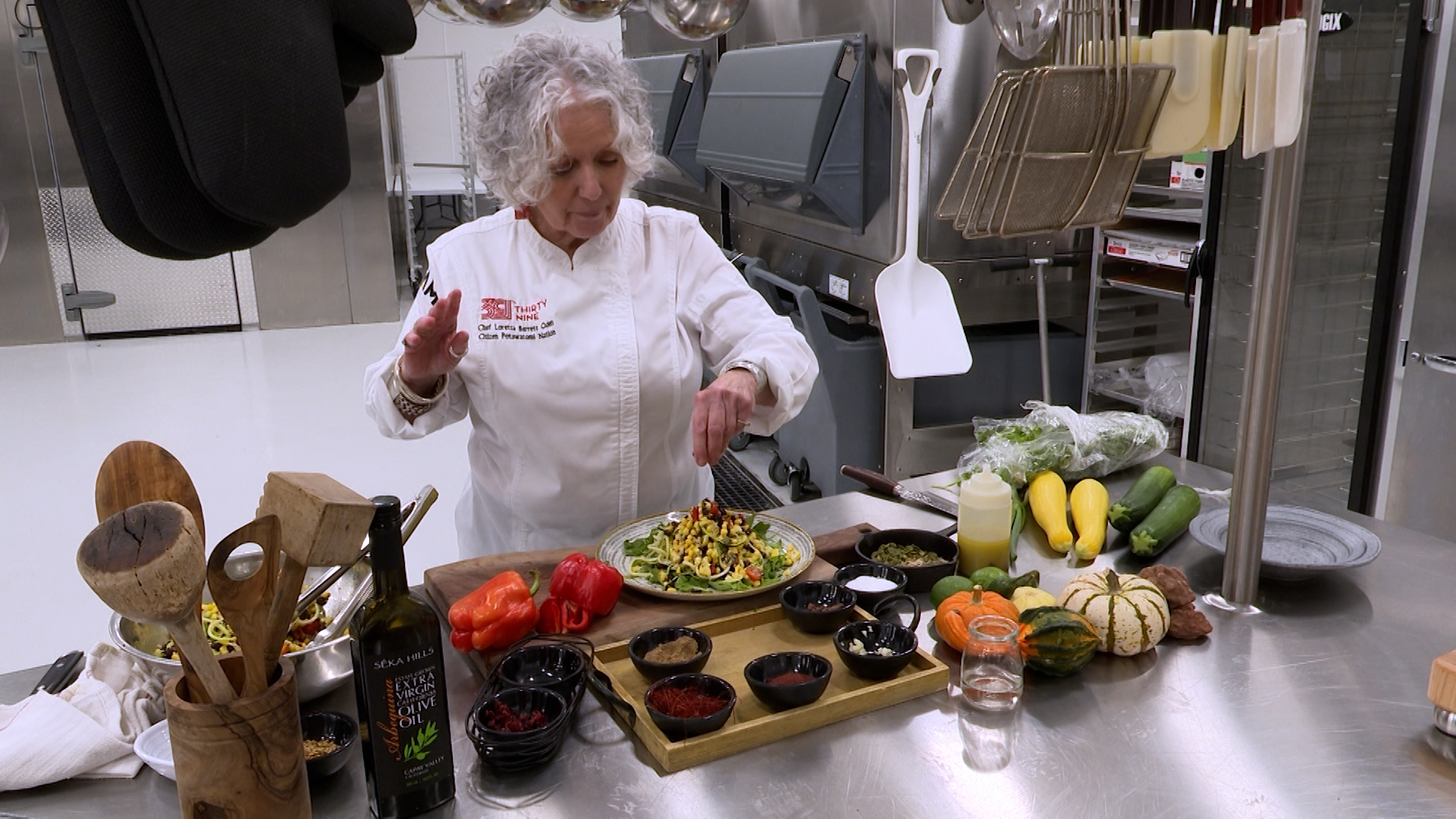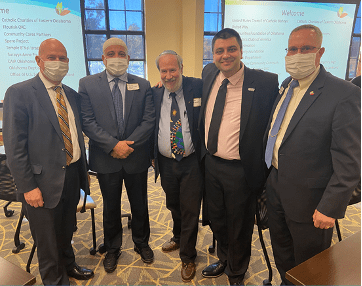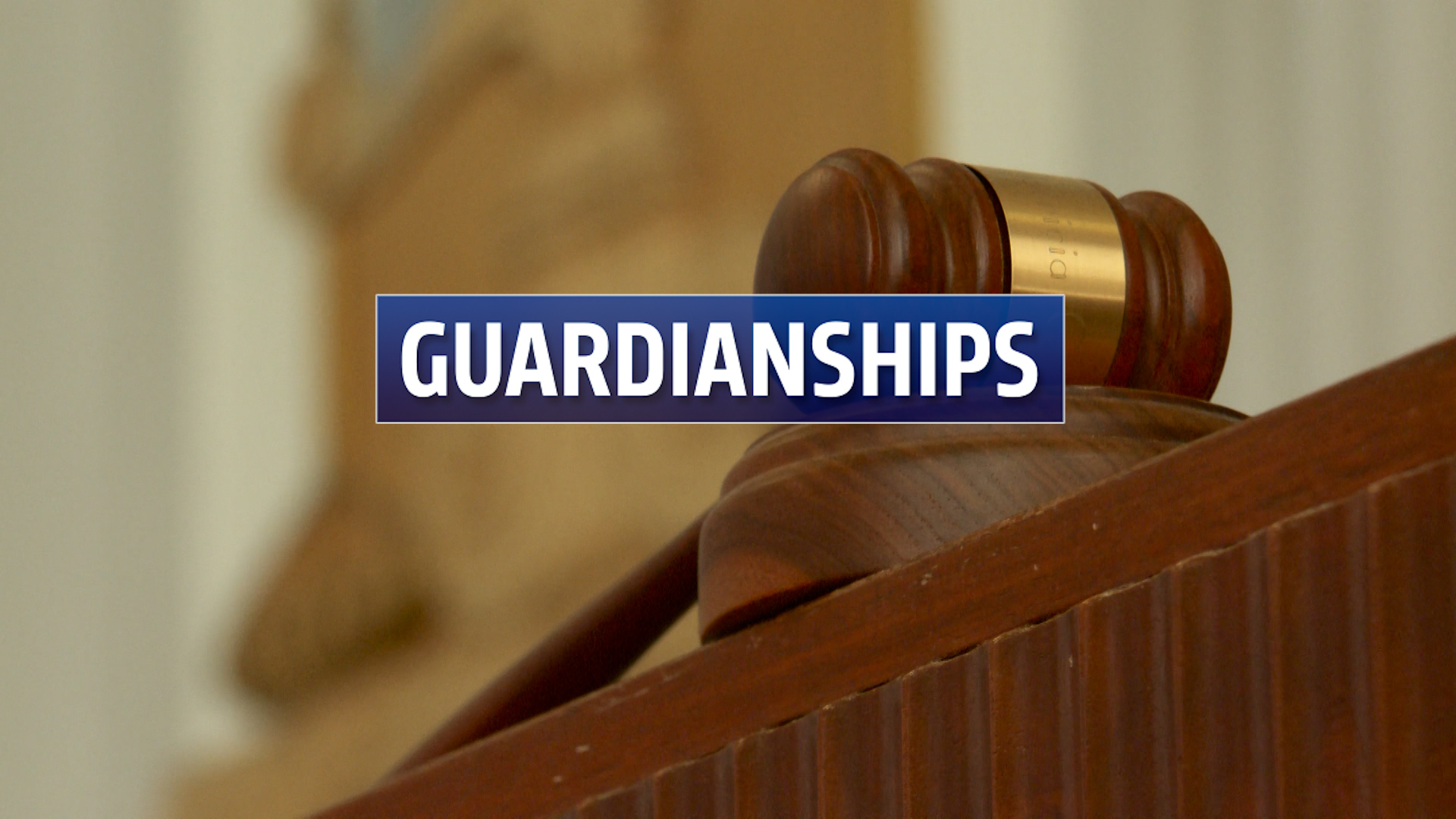TULSA, Okla. (KFOR) – 100 years after one of the worst instances of racial violence in the United States, the Biden Administration is announcing new initiatives to narrow the racial wealth gap.
The Greenwood District in Tulsa, Oklahoma was once called the “Black Wall Street,” a 35-block radius in the segregated community that was thriving with hundreds of businesses.
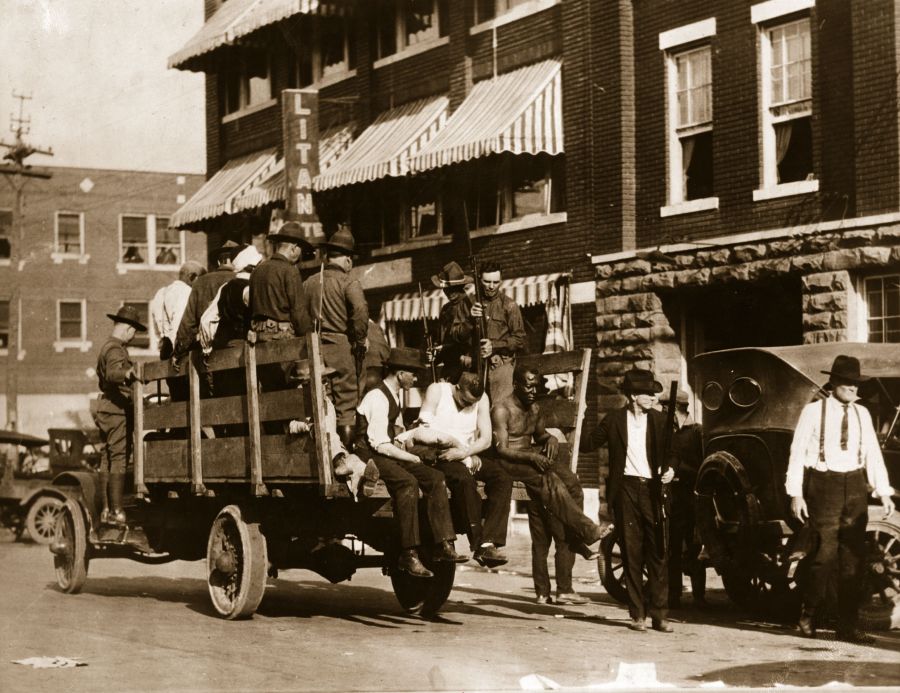
But, on May 31 through June 1, 1921, the entire area was burned down as a white mob attacked the community after a Black man was accused of assaulting a white woman.
White residents burned down homes and businesses, killing hundreds of Black residents and injuring 800 others.
Despite it being one of the worst instances of racial violence in the United States, the massacre was mostly swept under the rug.
Although the Tulsa Race Massacre occurred 100 years ago, the community never fully recovered.
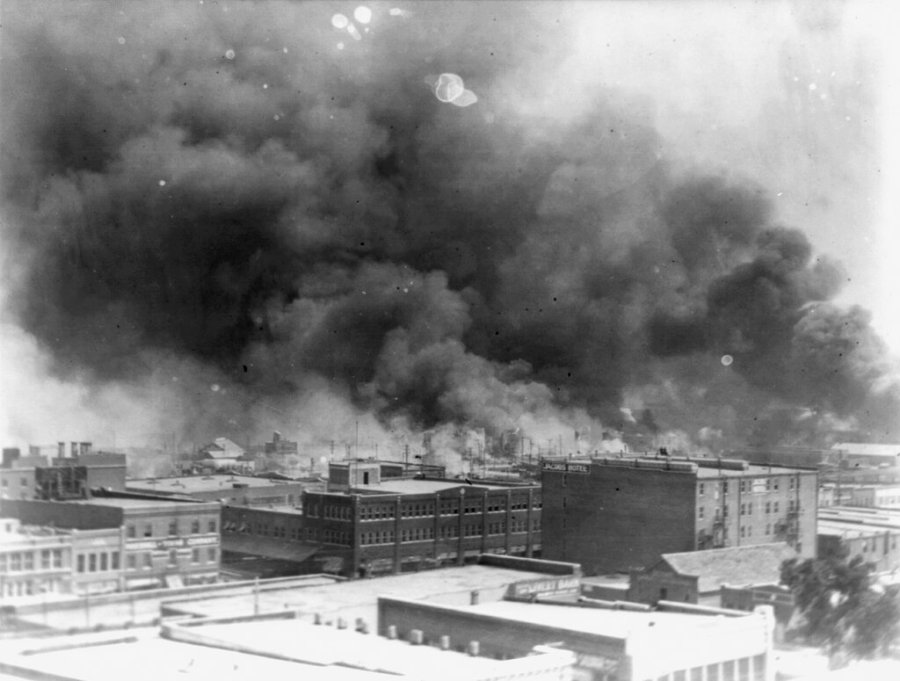
Businesses were never able to rebuild, and innocent families were not compensated for the losses caused by the mob.
Although there are estimates regarding the casualties that occurred during the attack, officials have been working for more than a year to find all of the victims.
According to the White House, an estimated 300 Black Americans were killed and another 10,000 were left destitute and homeless.
Officials say after the massacre, laws and policies made recovery for the survivors nearly impossible.
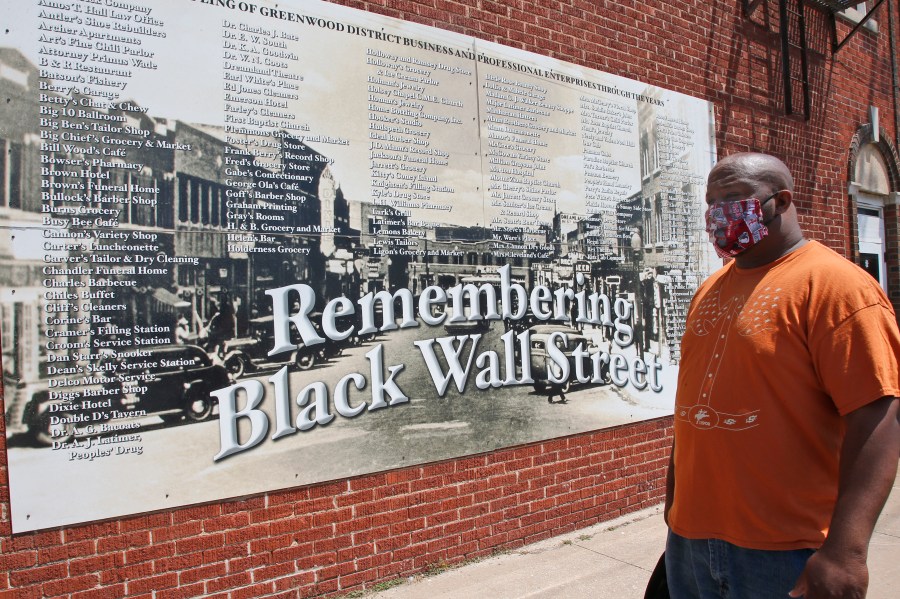
“The streets were redlined, locking Black Tulsans out of homeownership and access to credit. Federal highways built through the heart of Greenwood cut off families and businesses from economic opportunity. And chronic disinvestment by the federal government in Black entrepreneurs and small businesses denied Black Wall Street a fair shot at rebuilding,” a release from the White House read.
Now, the Biden-Harris Administration is announcing new steps to help narrow the racial wealth gap and reinvest in communities that have been left behind by failed polices.
The Administration says it will take action to address racial discrimination in the housing market, including by launching a first-of-its-kind interagency effort to address inequity in home appraisals, and conducting rulemaking to aggressively combat housing discrimination.
Also, it plans to use the federal government’s purchasing power to grow federal contracting with small disadvantaged businesses by 50 percent, translating to an additional $100 billion over five years, and helping more Americans realize their entrepreneurial dreams.


















